Events


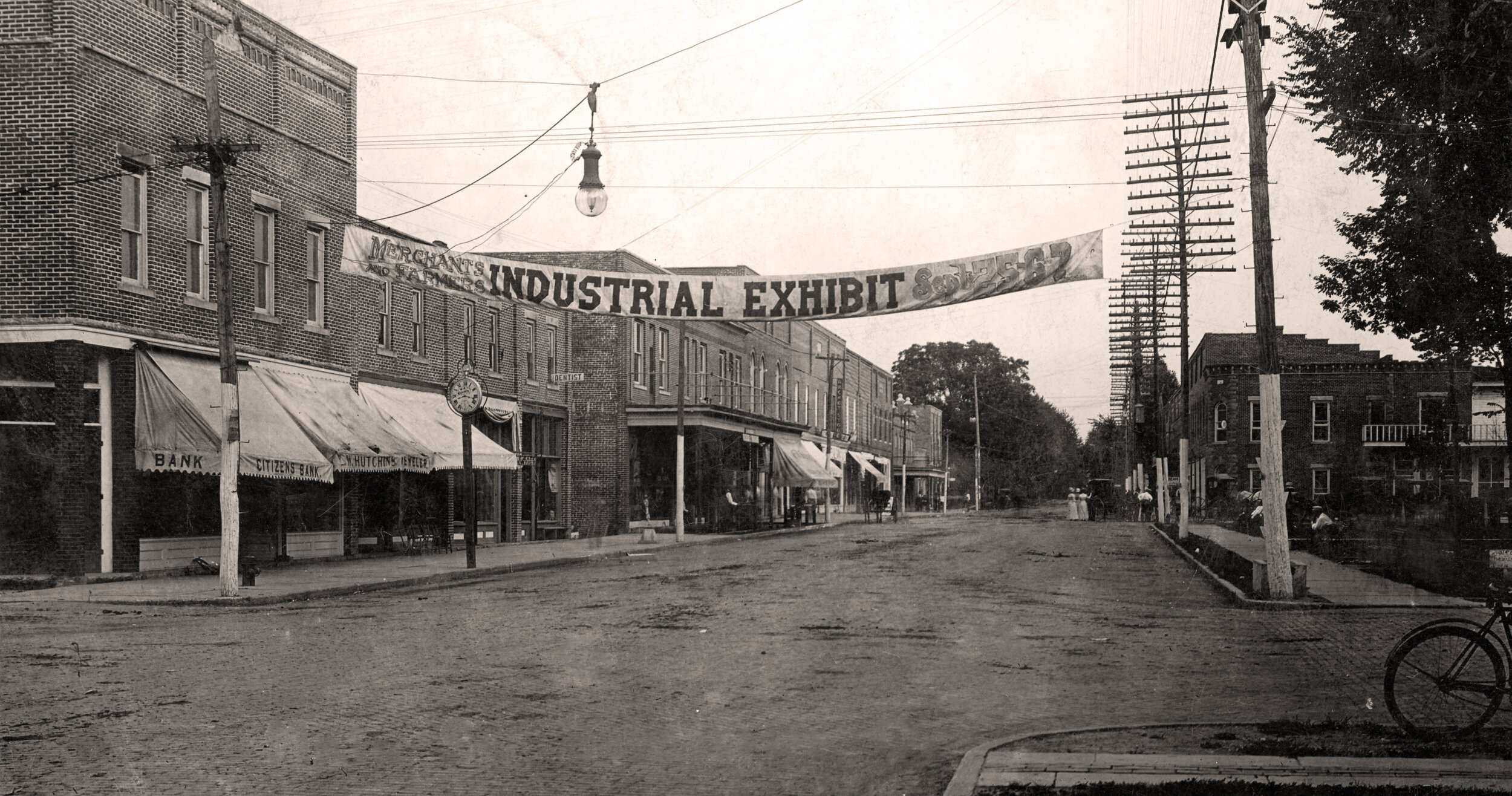

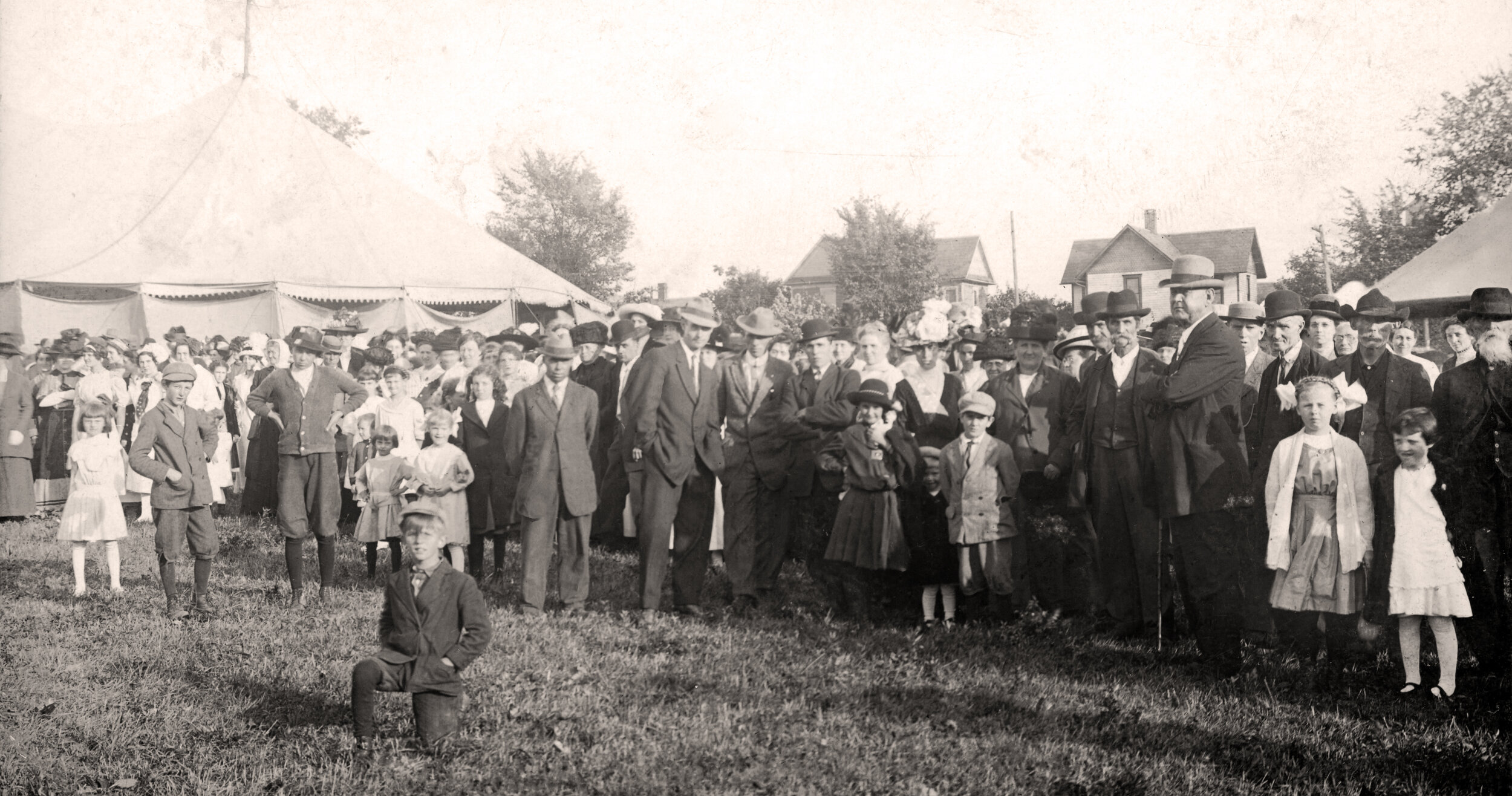

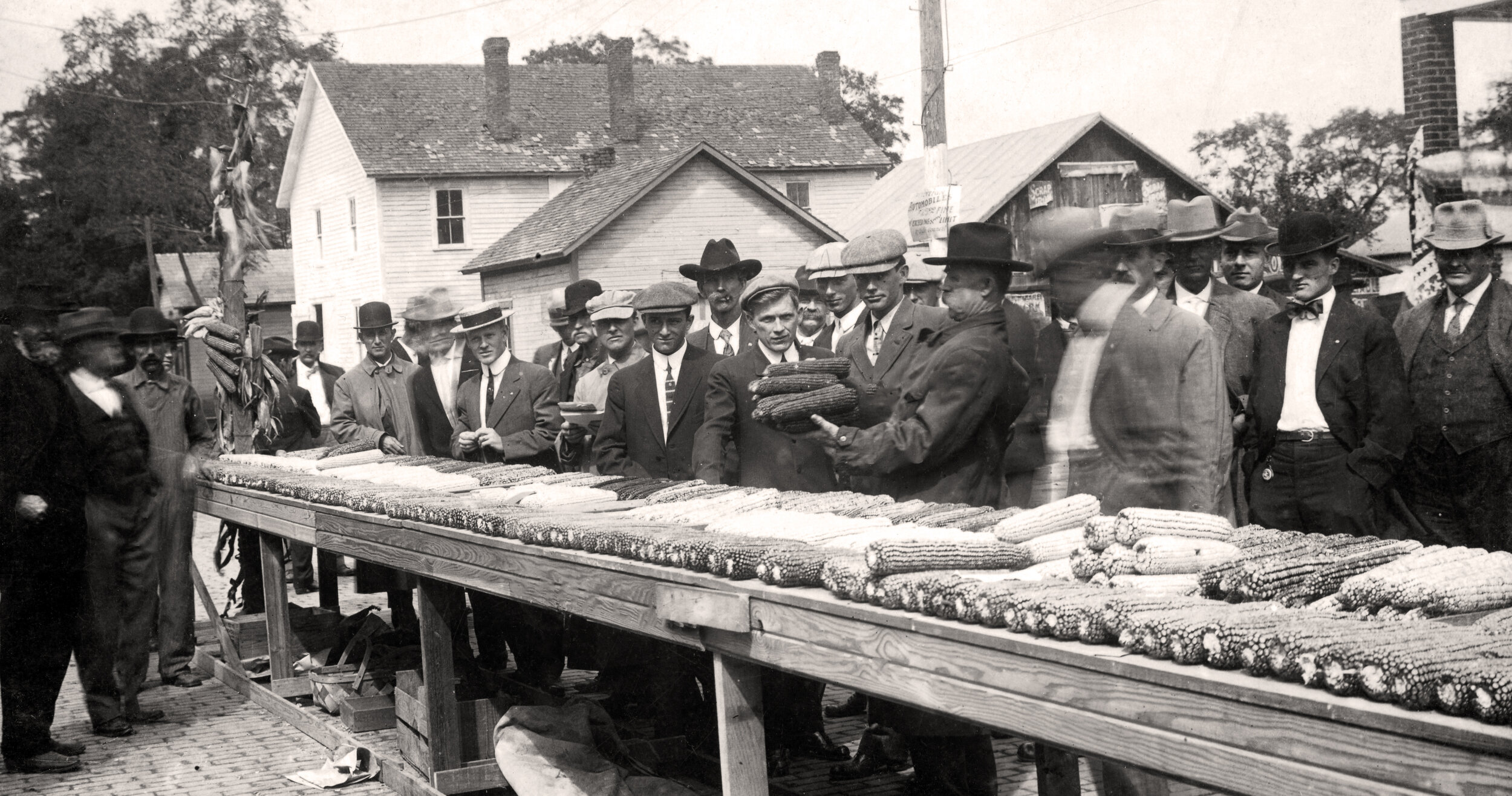

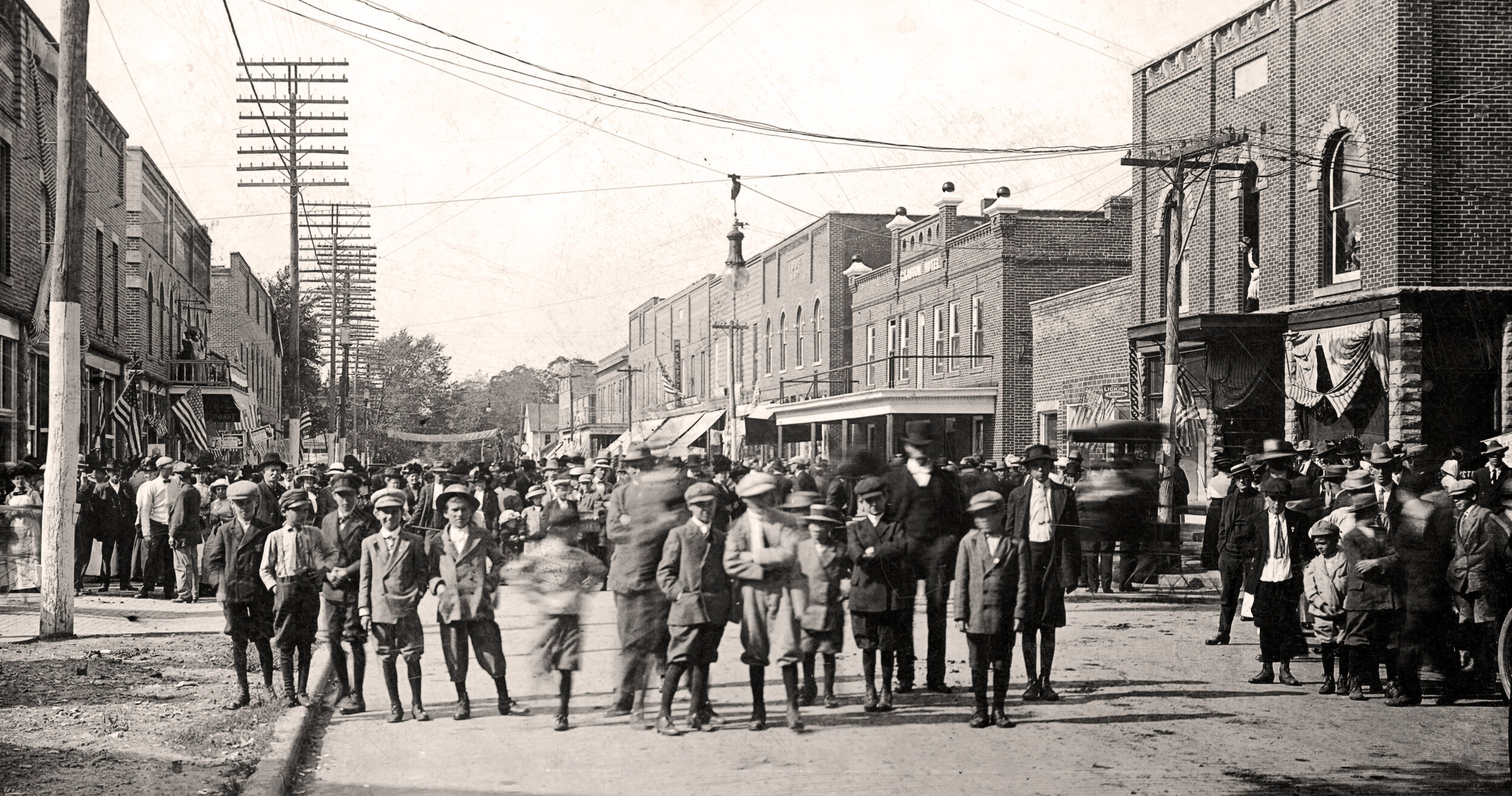
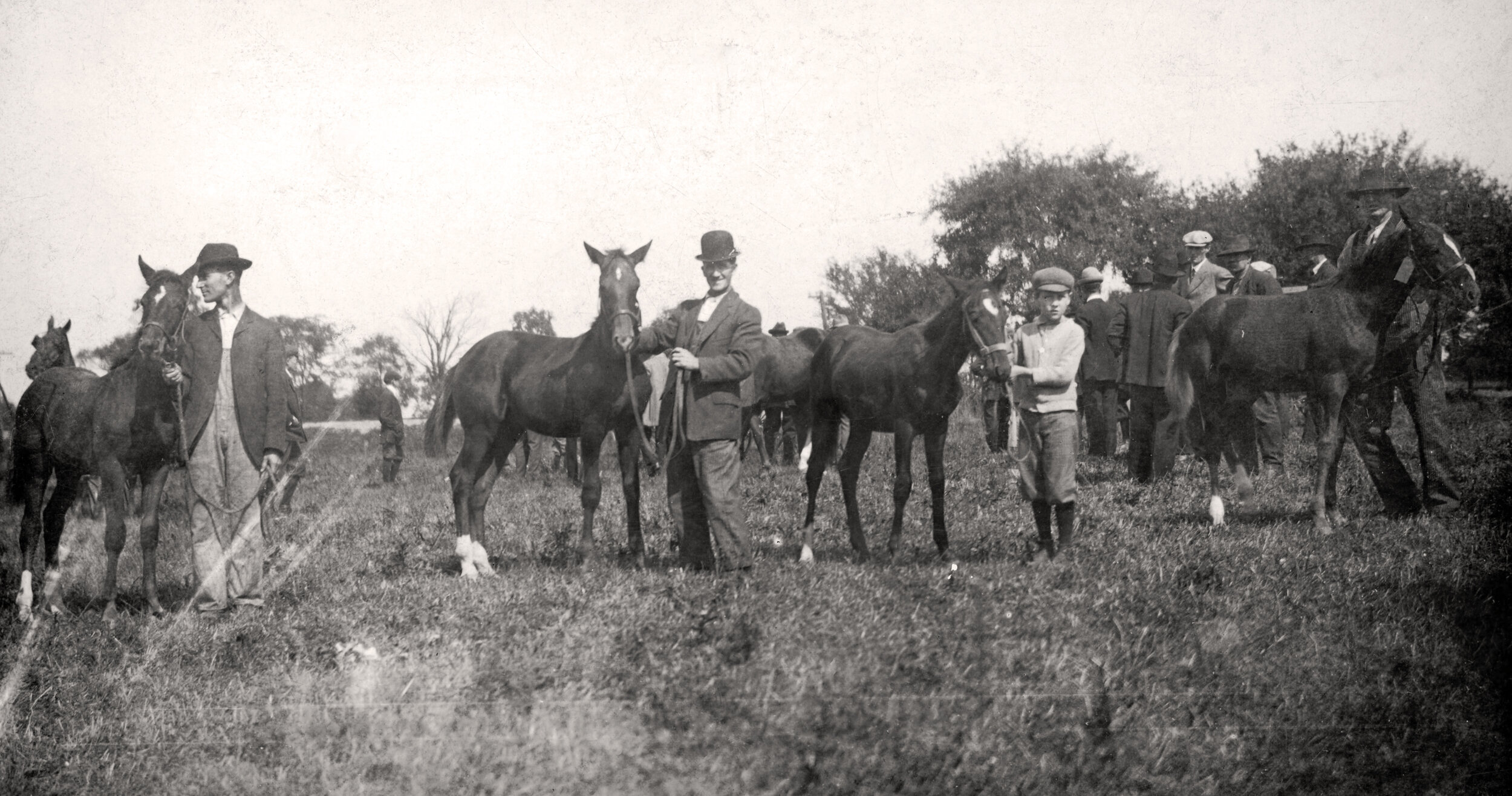

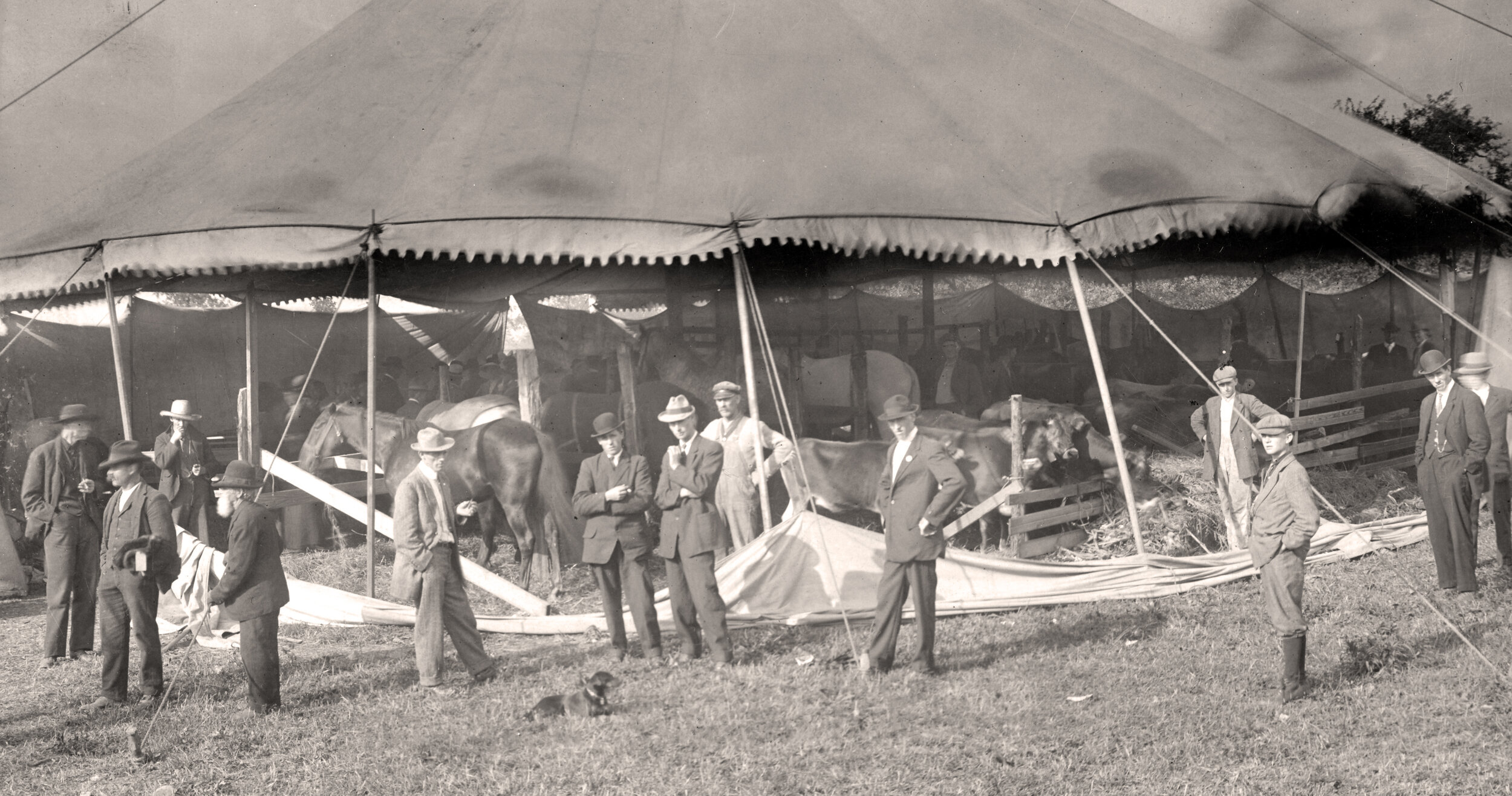

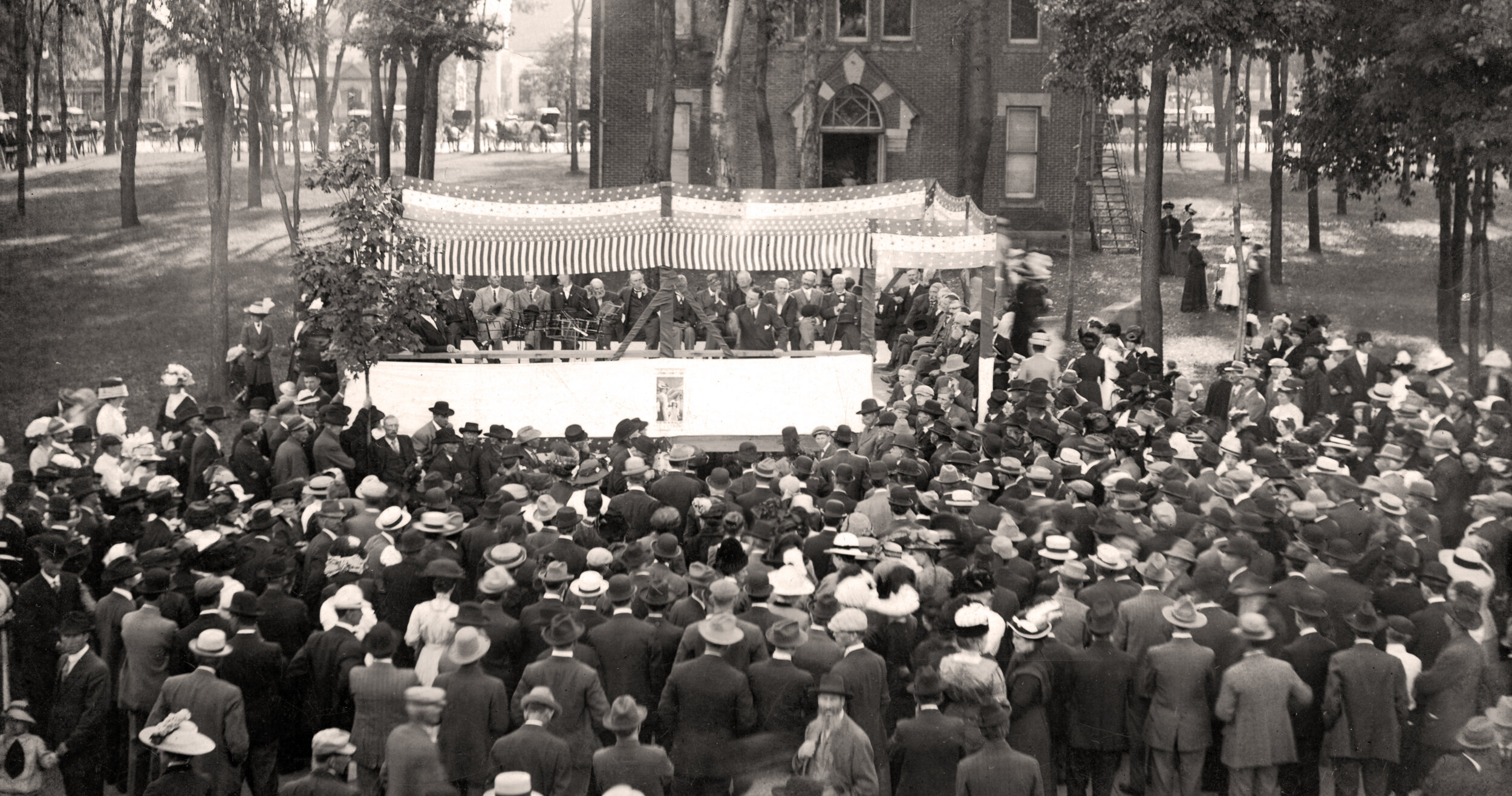
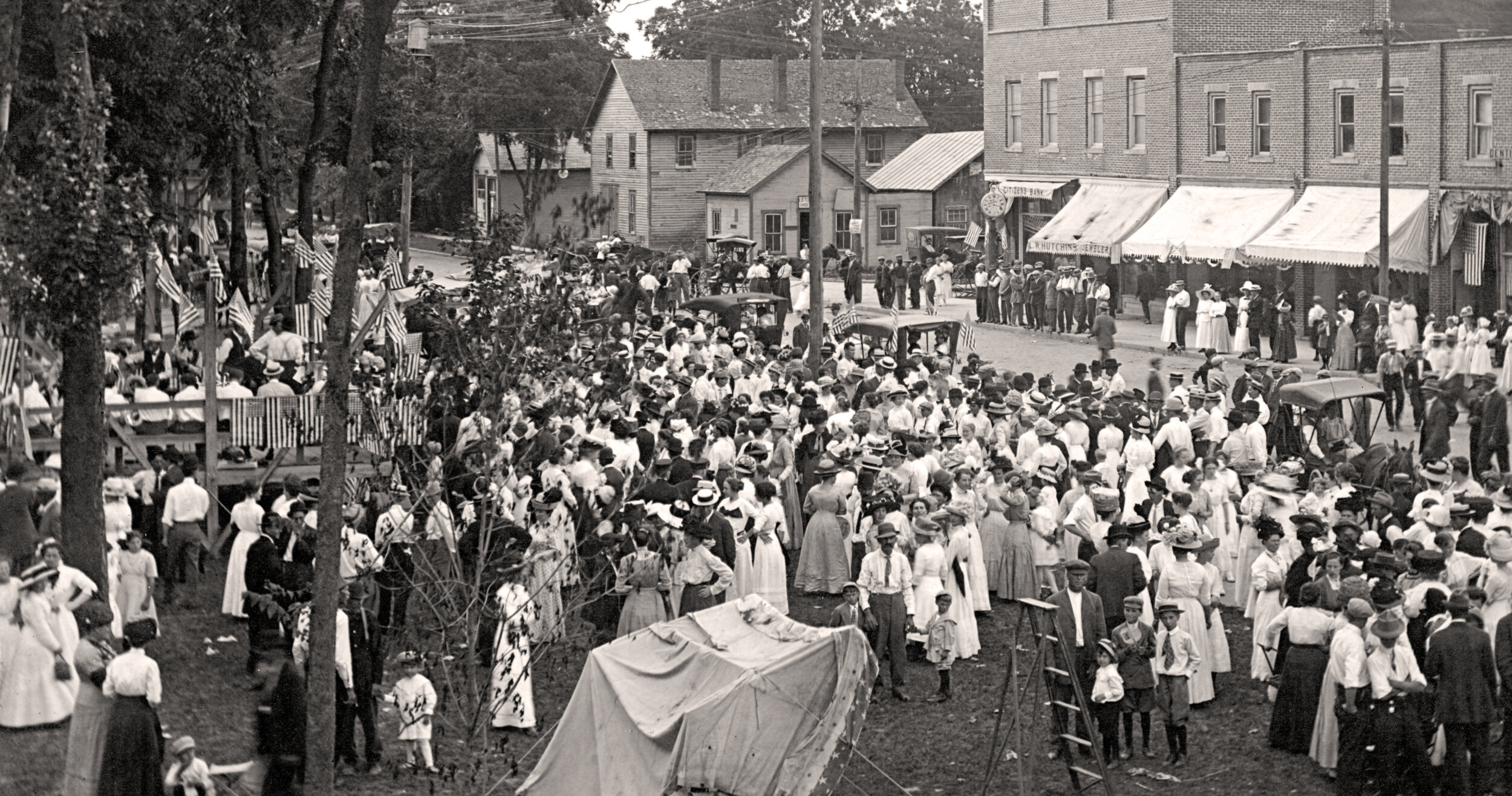
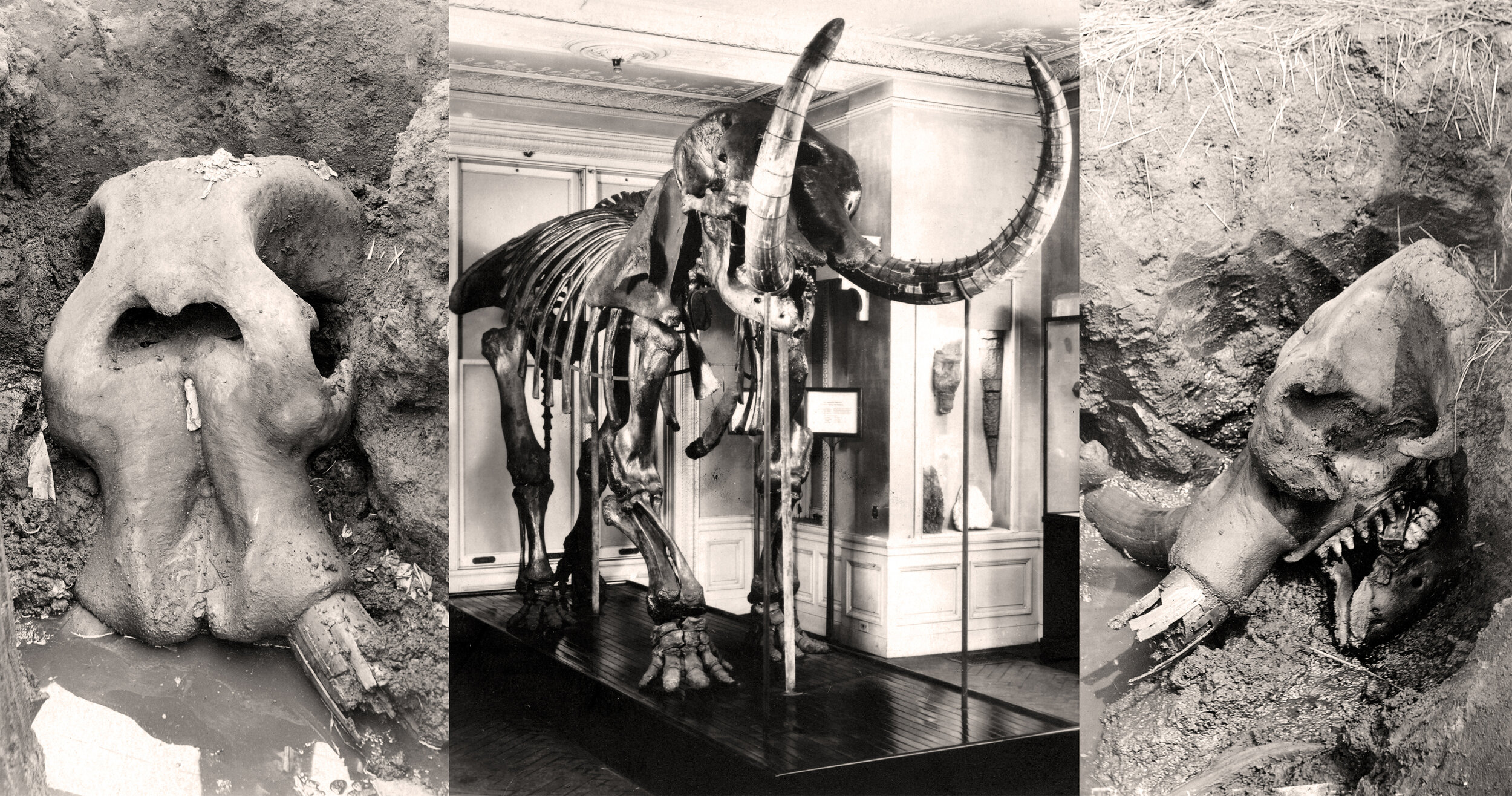
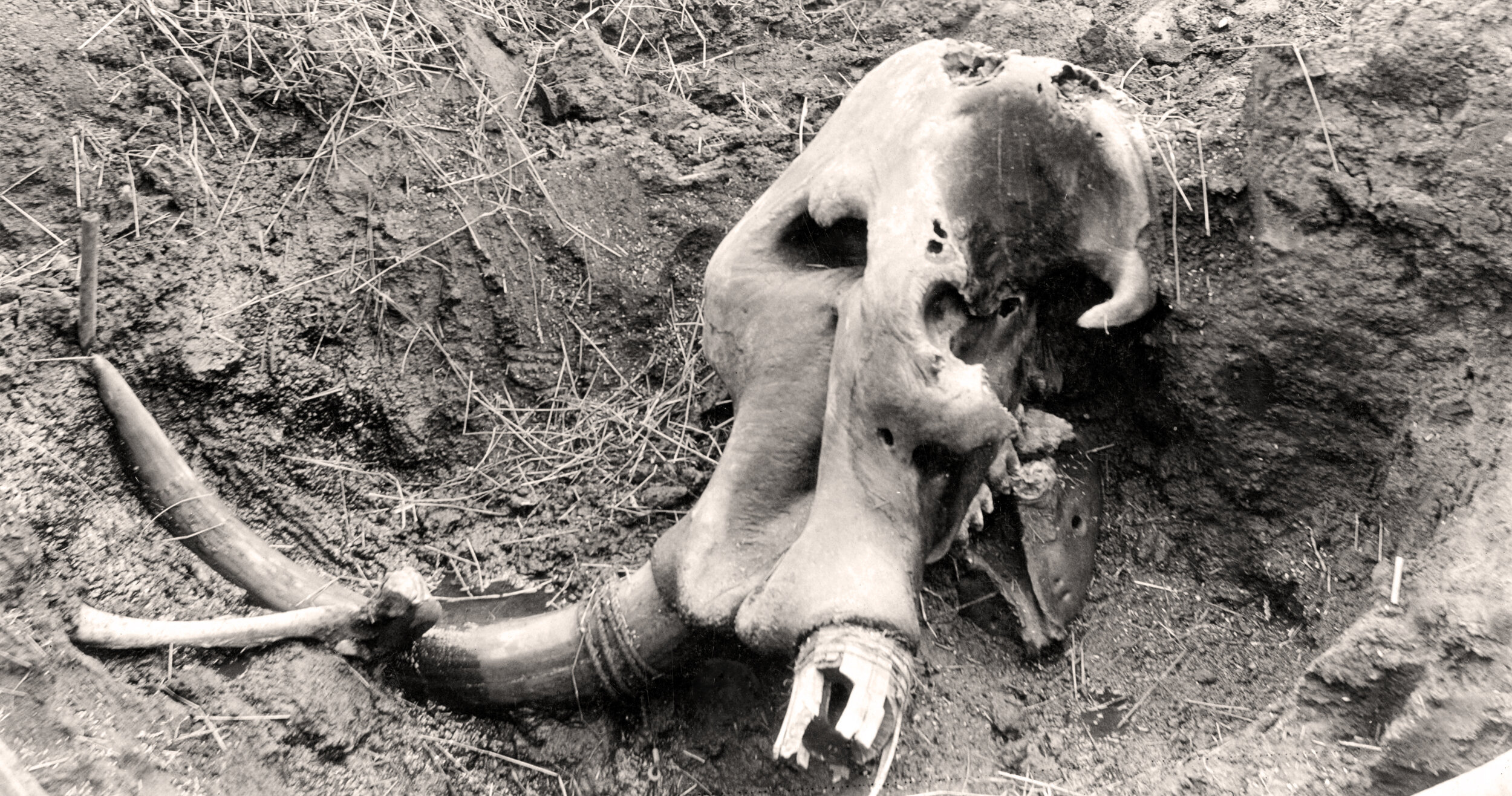
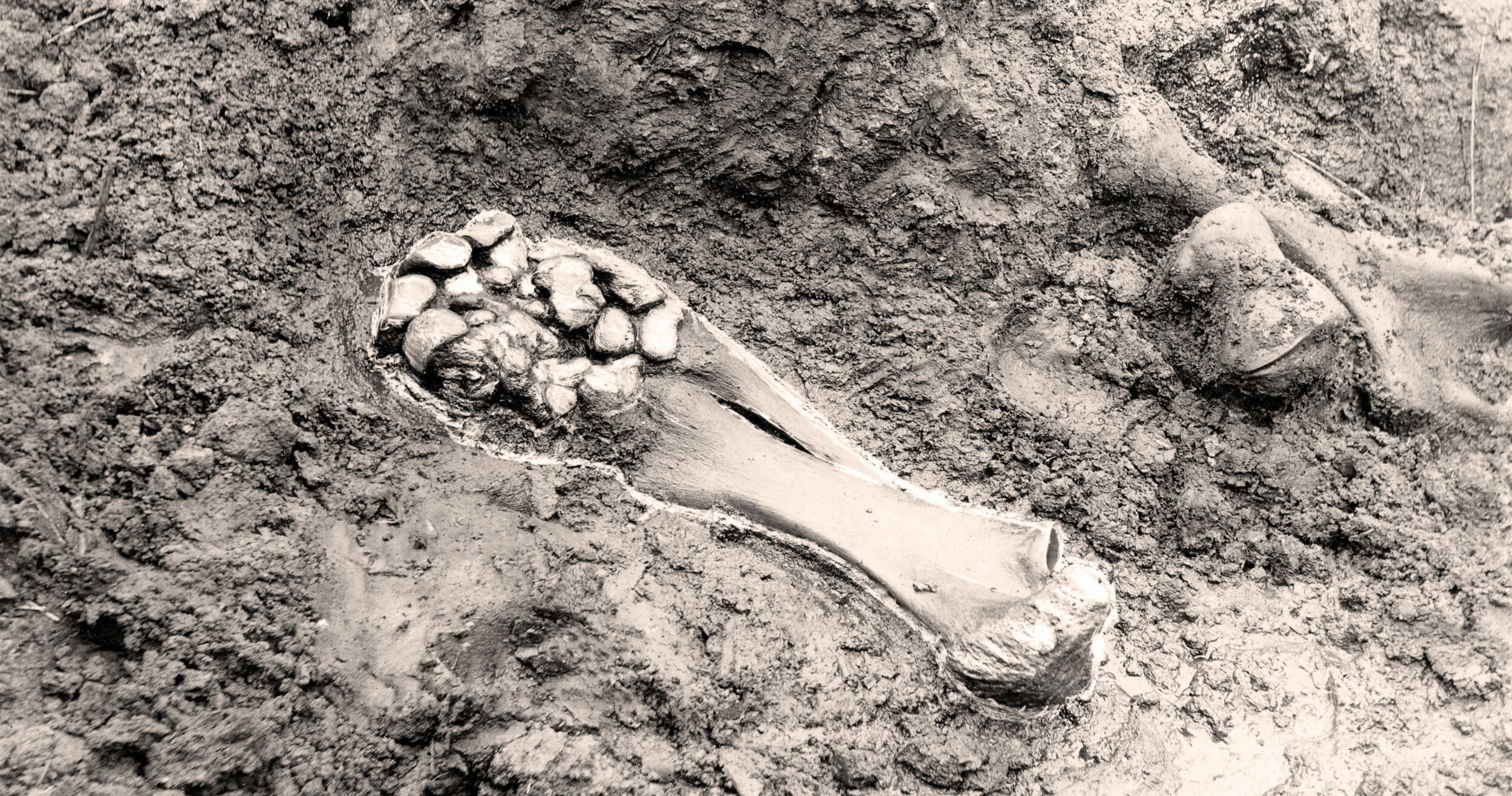
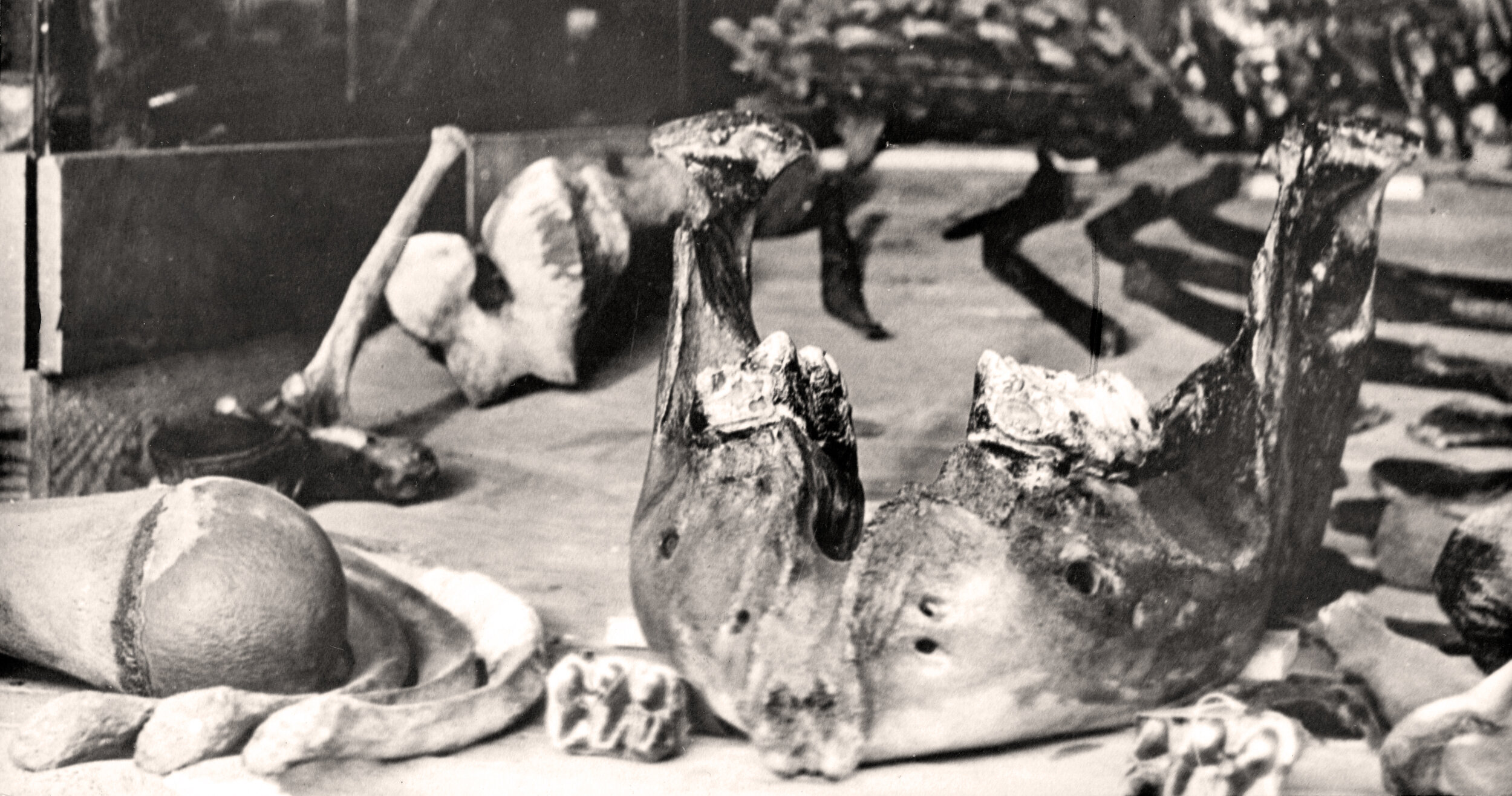
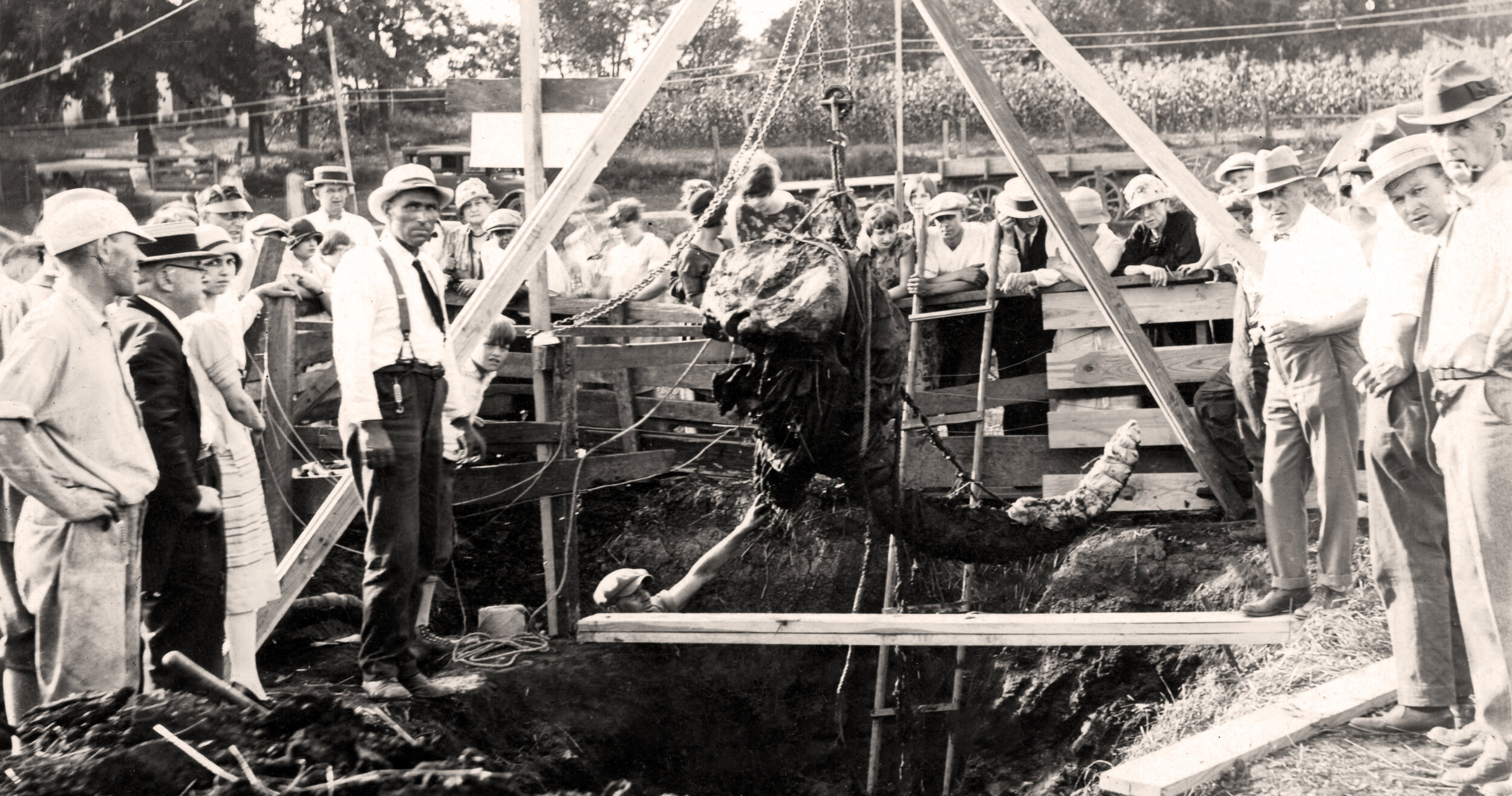
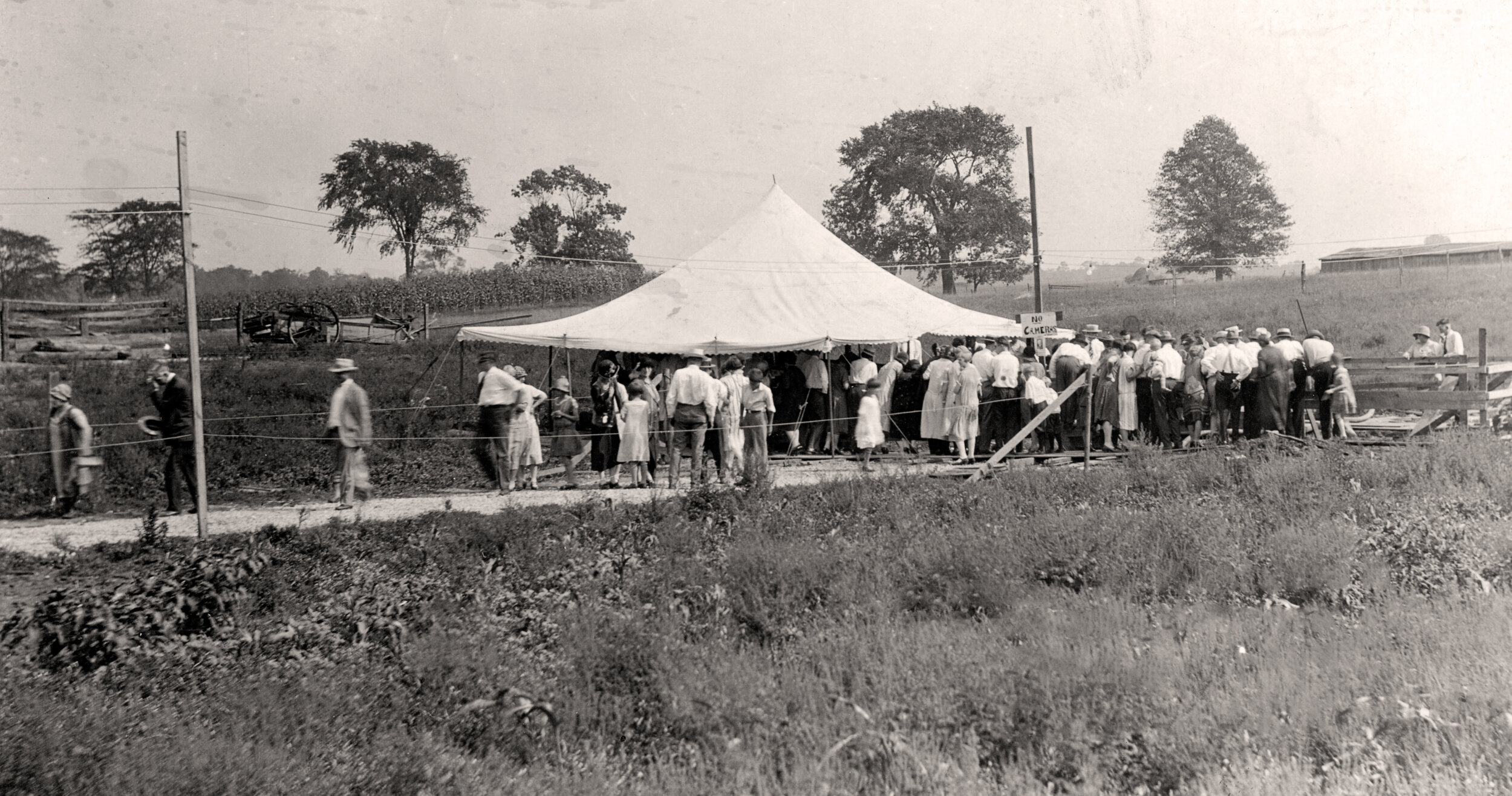
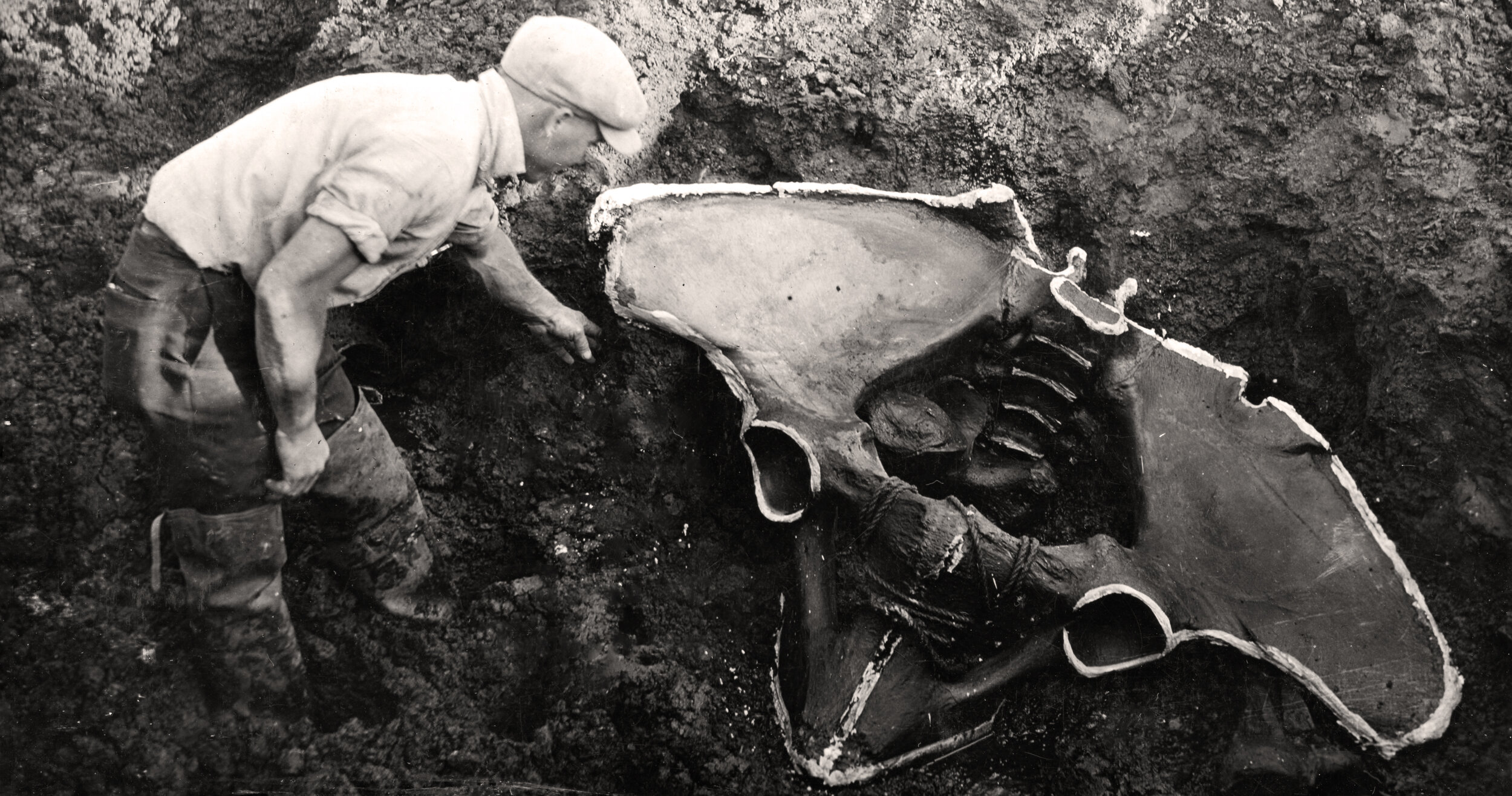
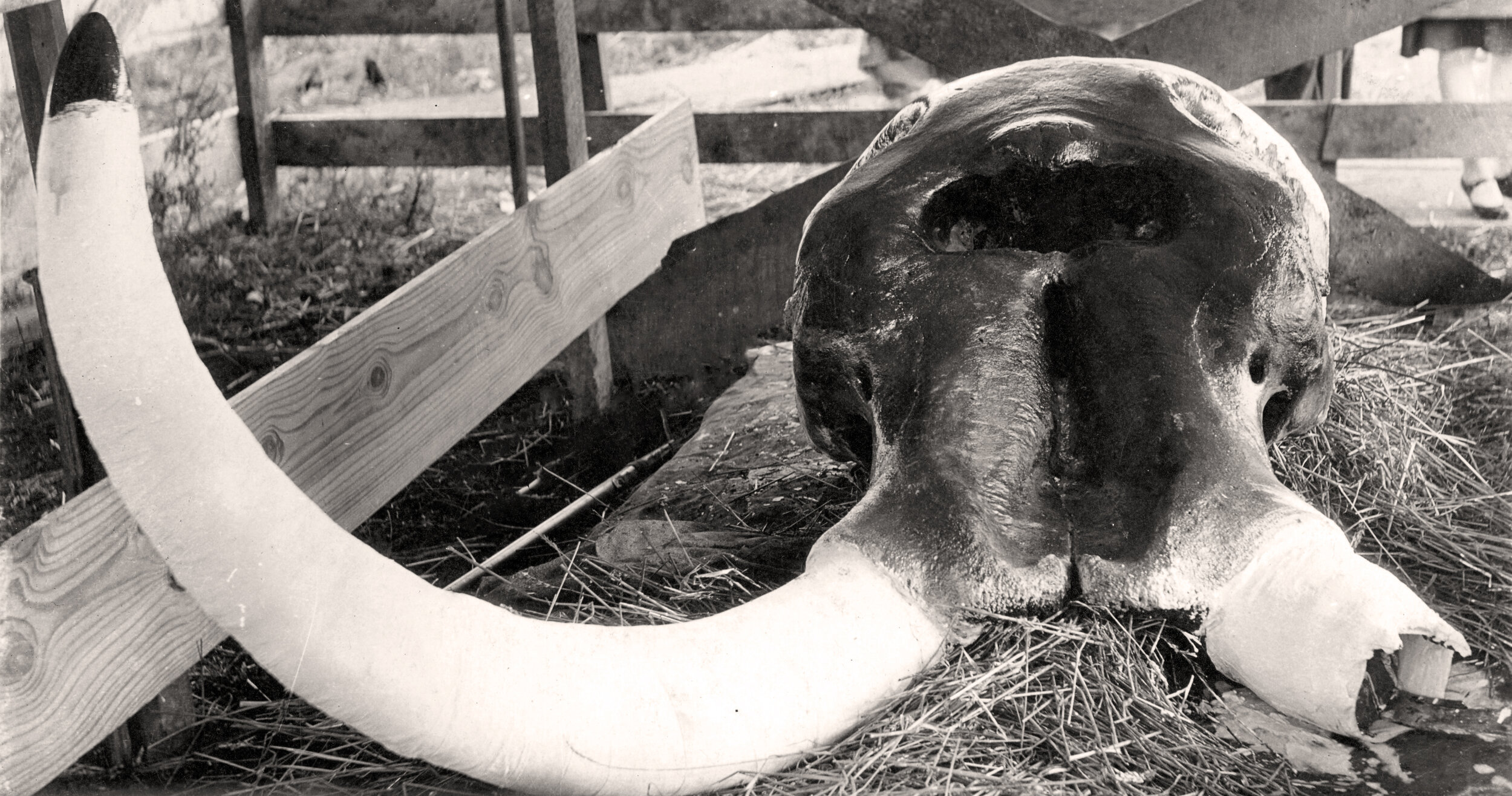
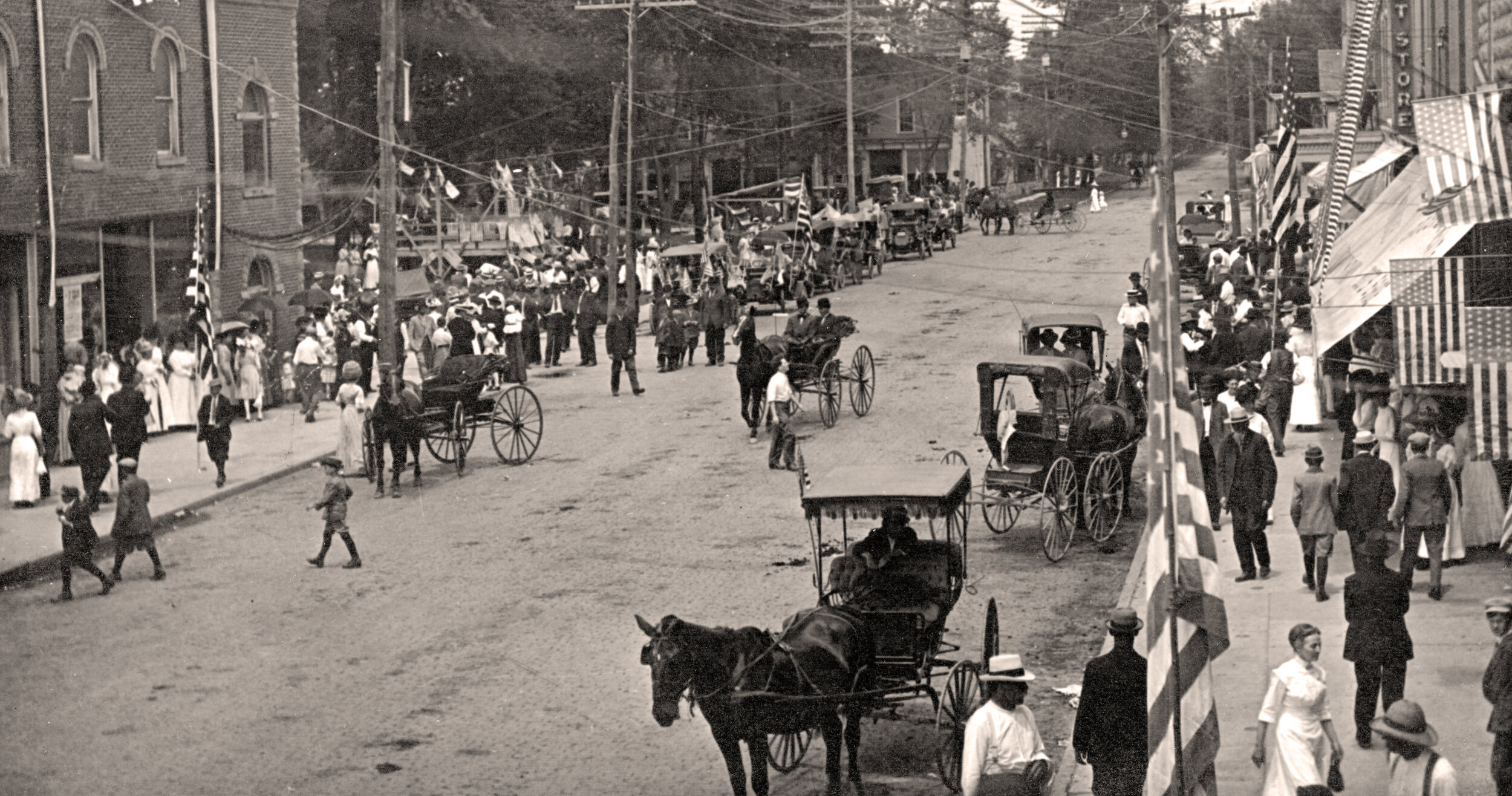
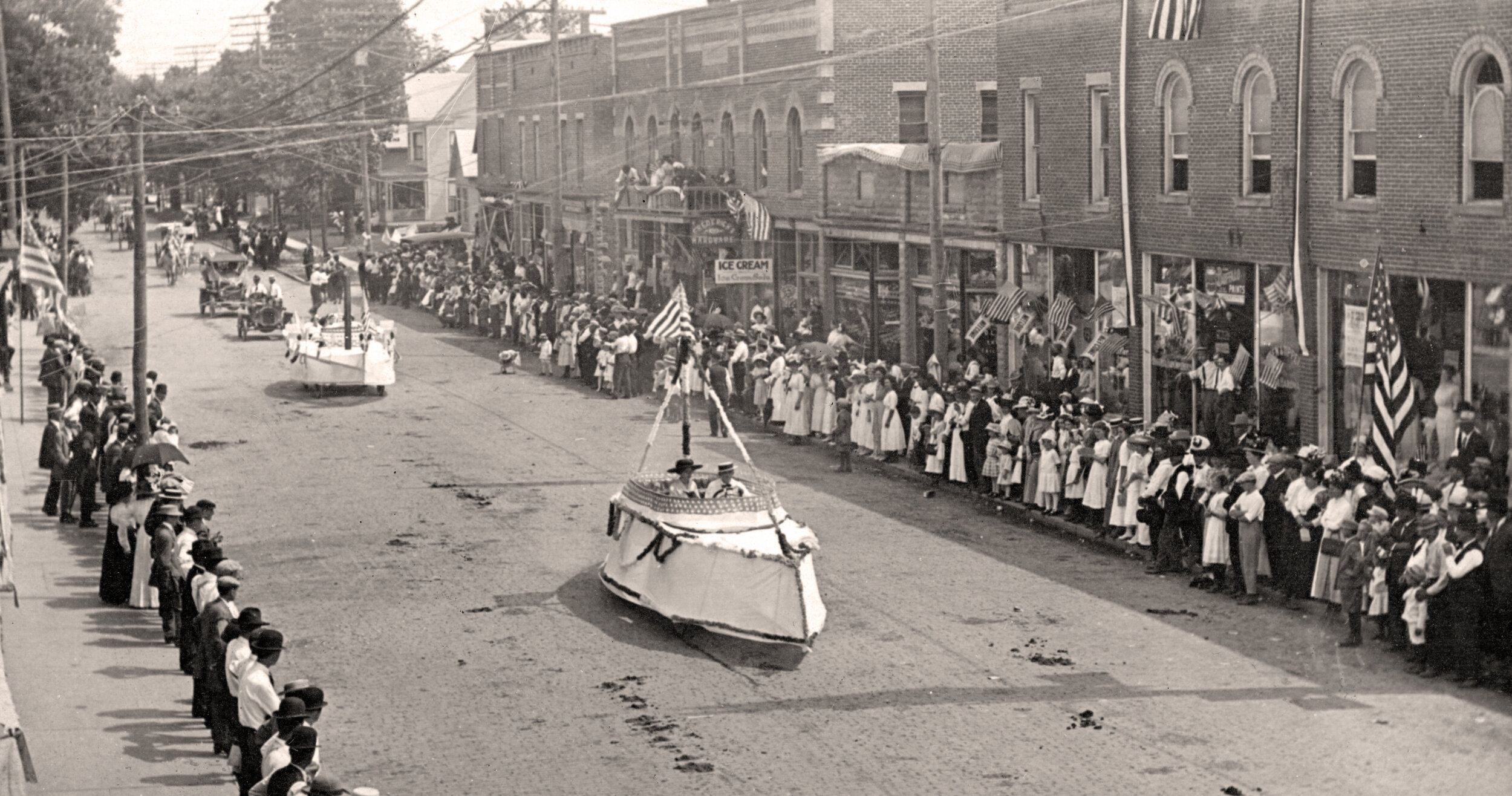
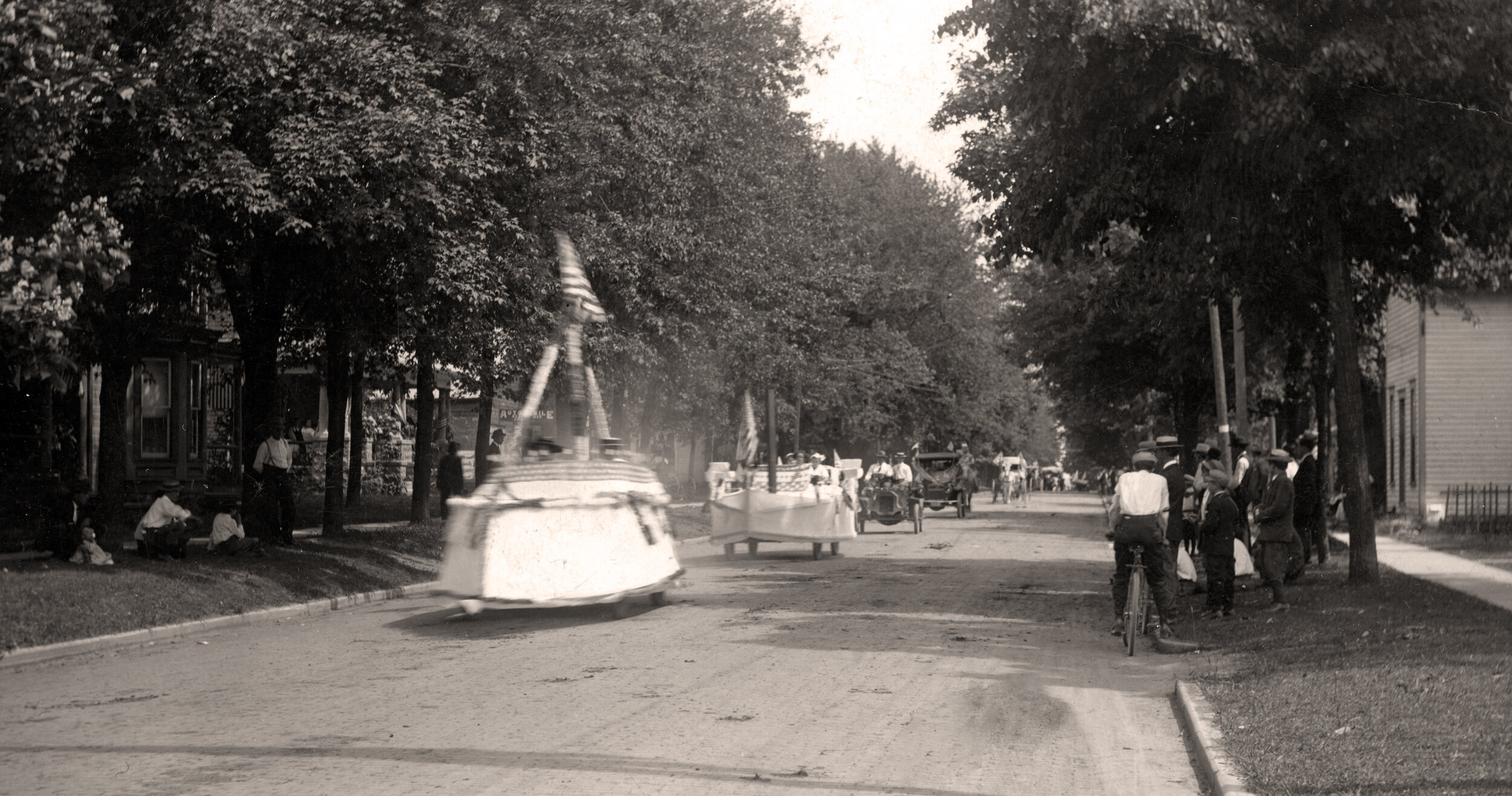
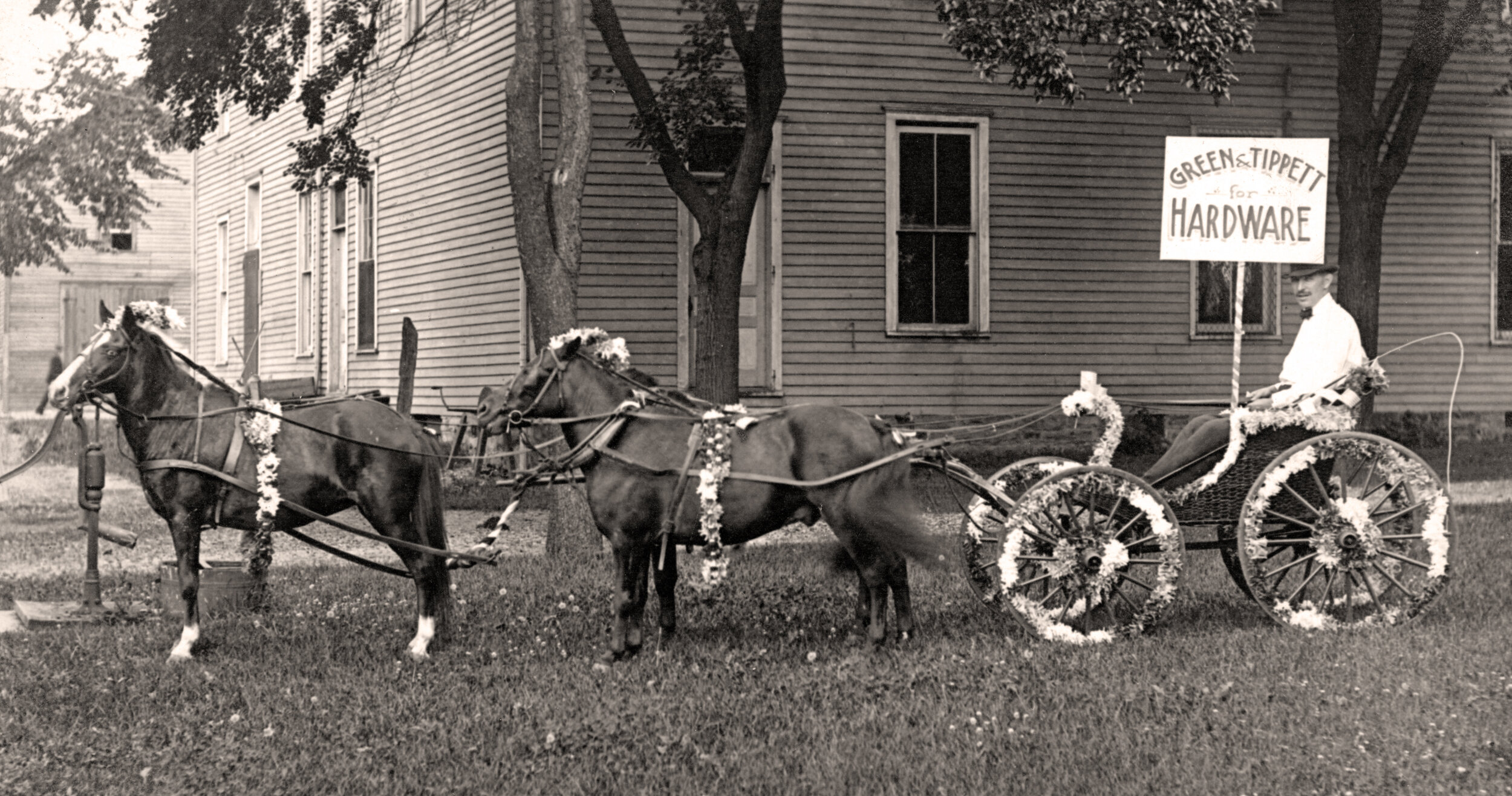
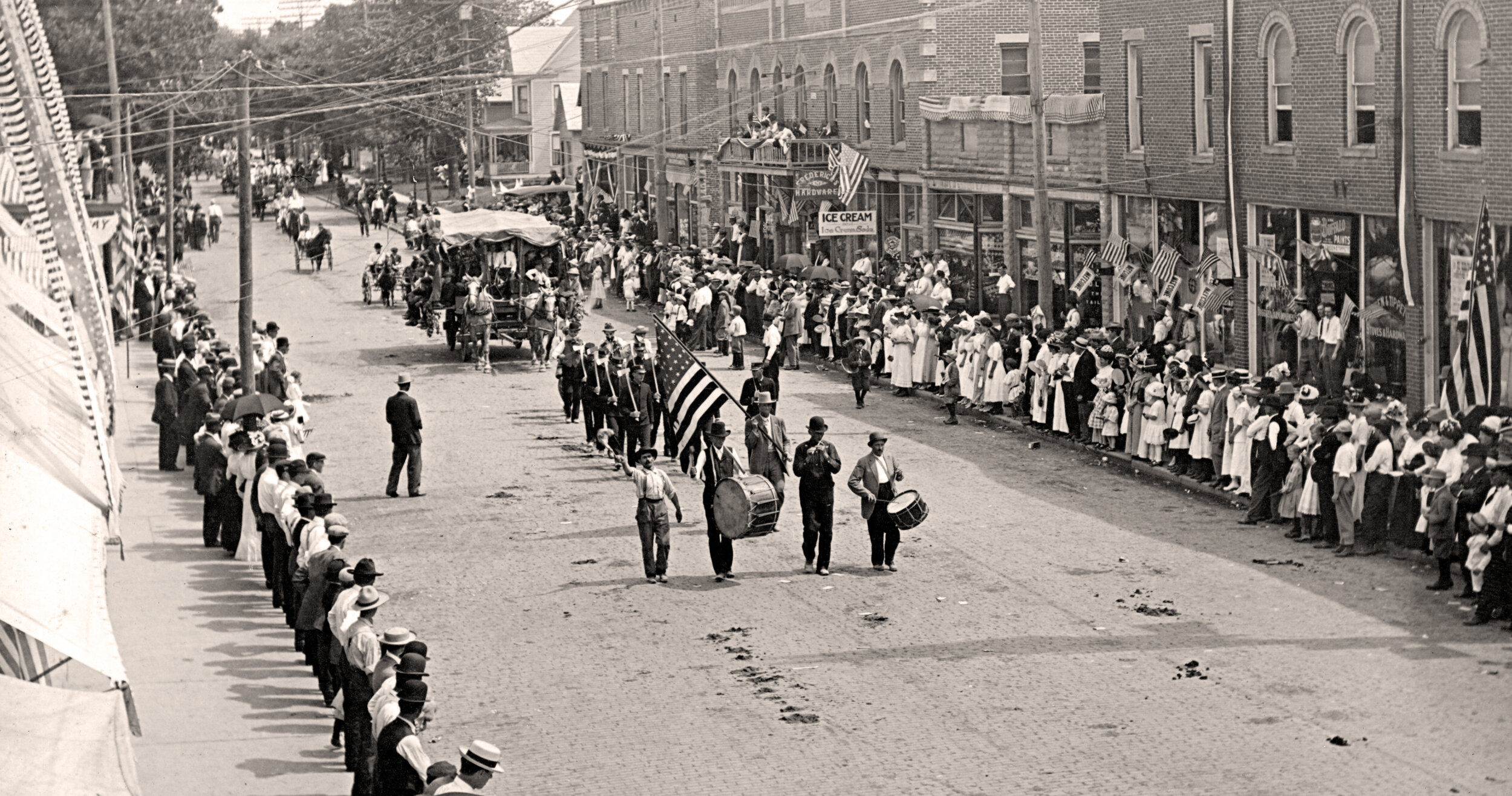
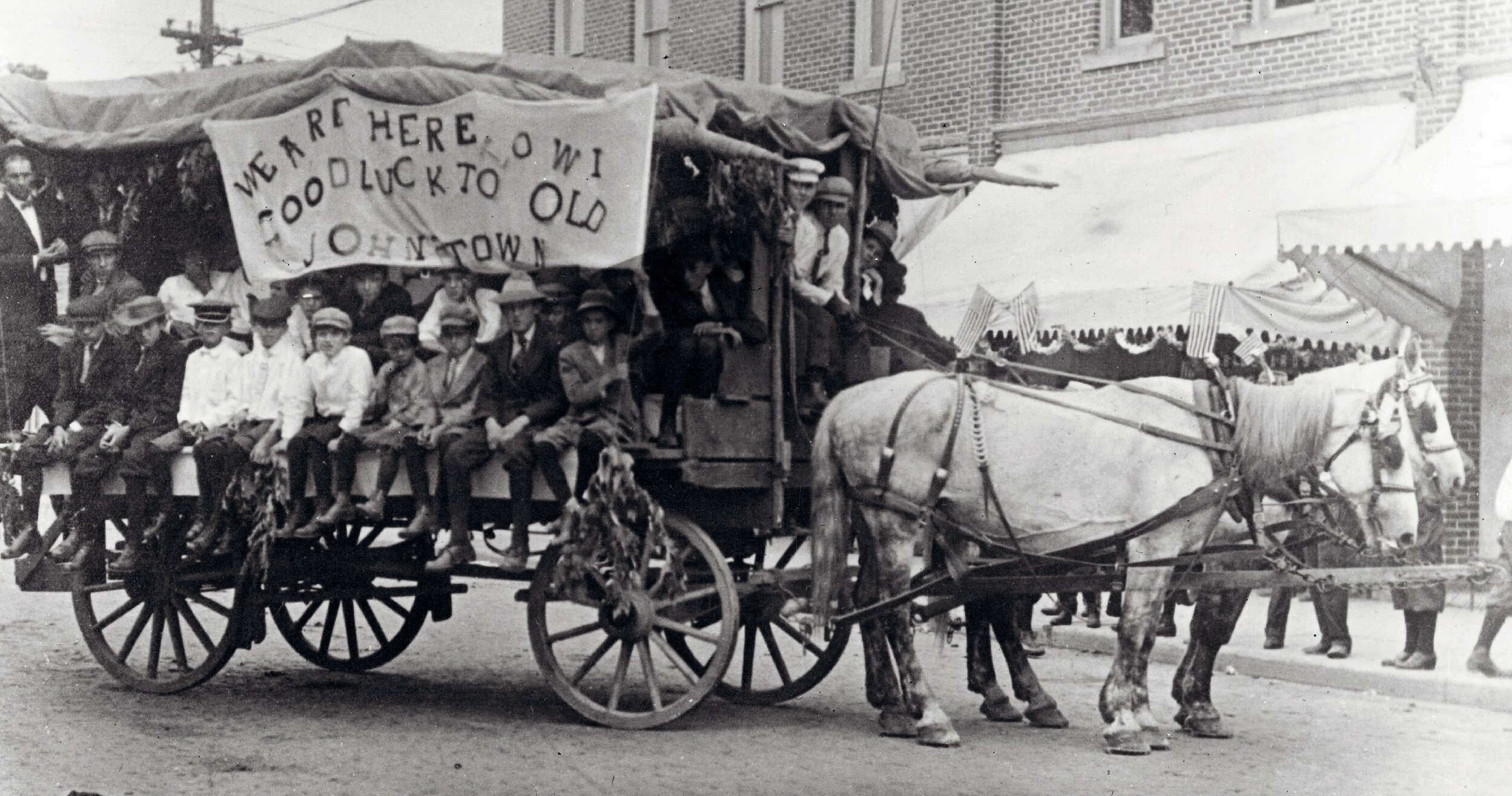
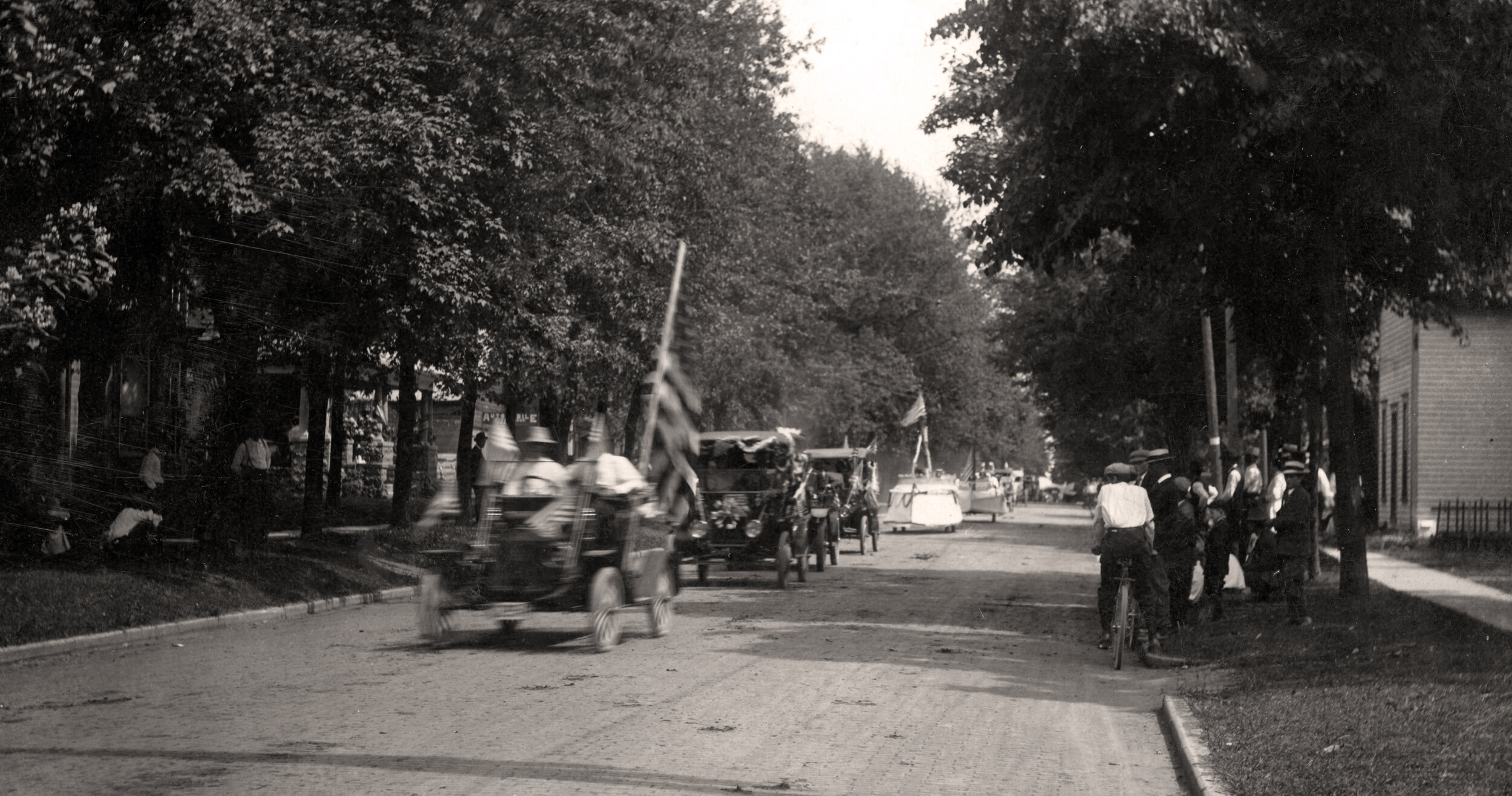
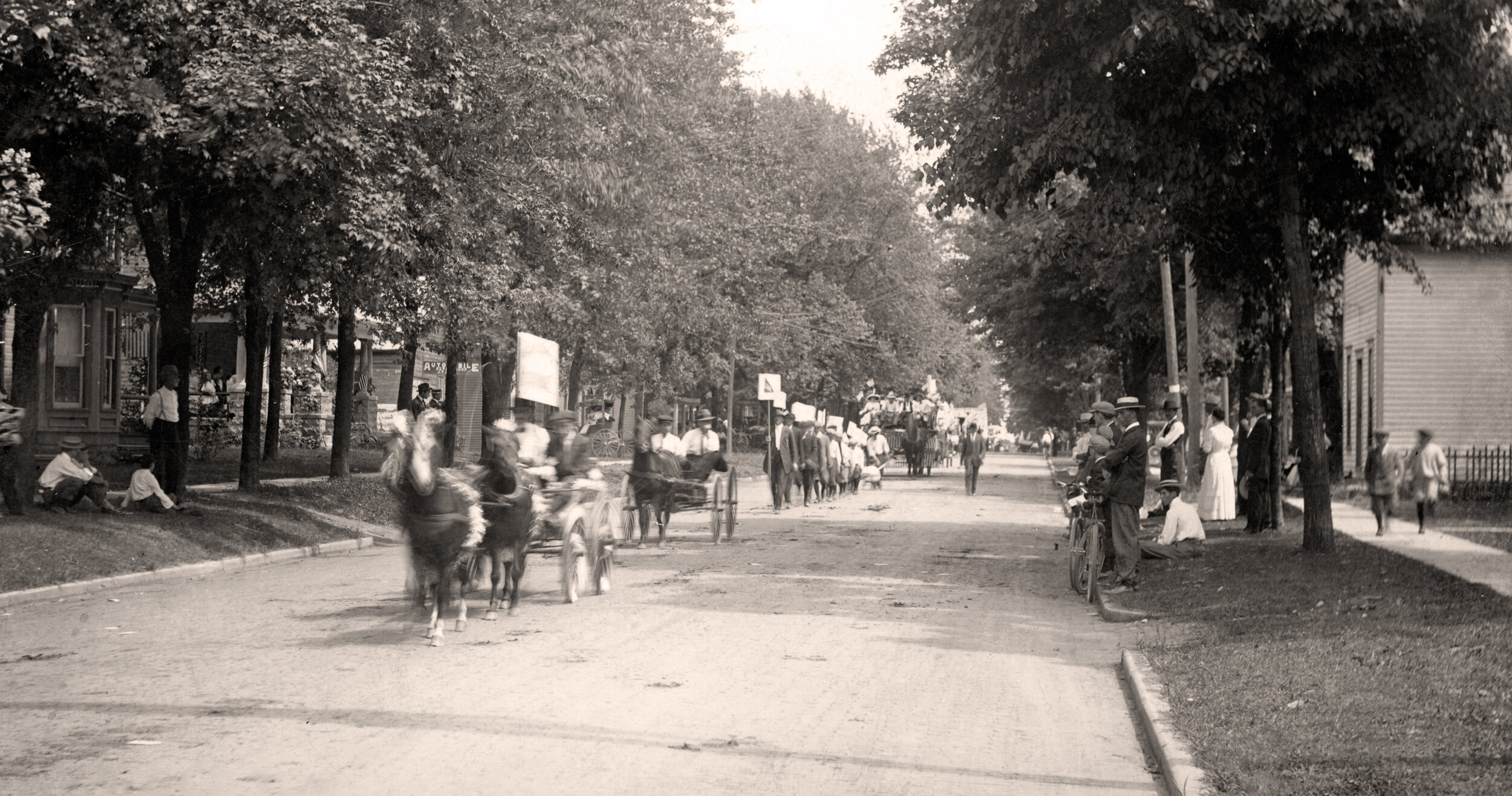

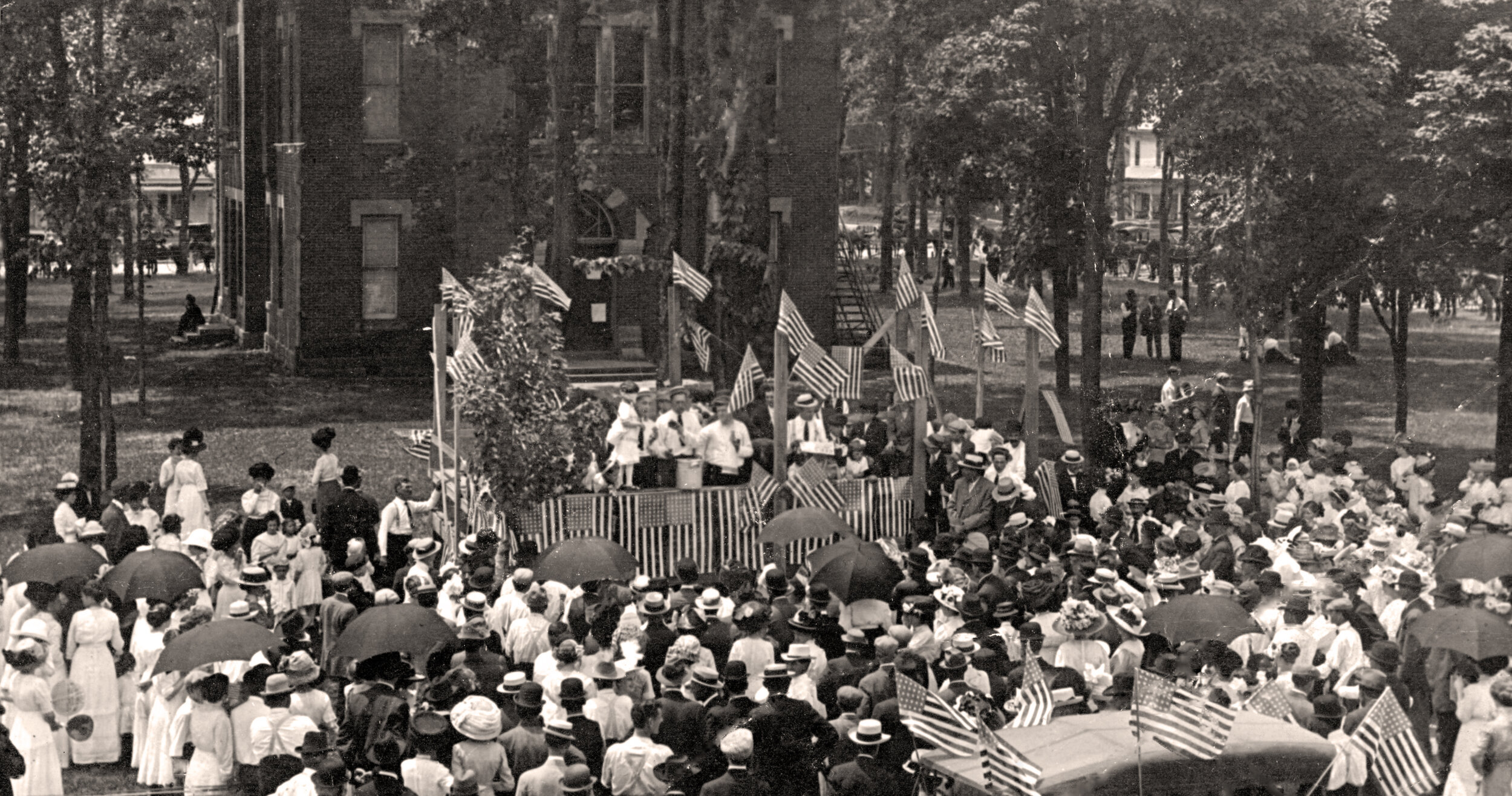
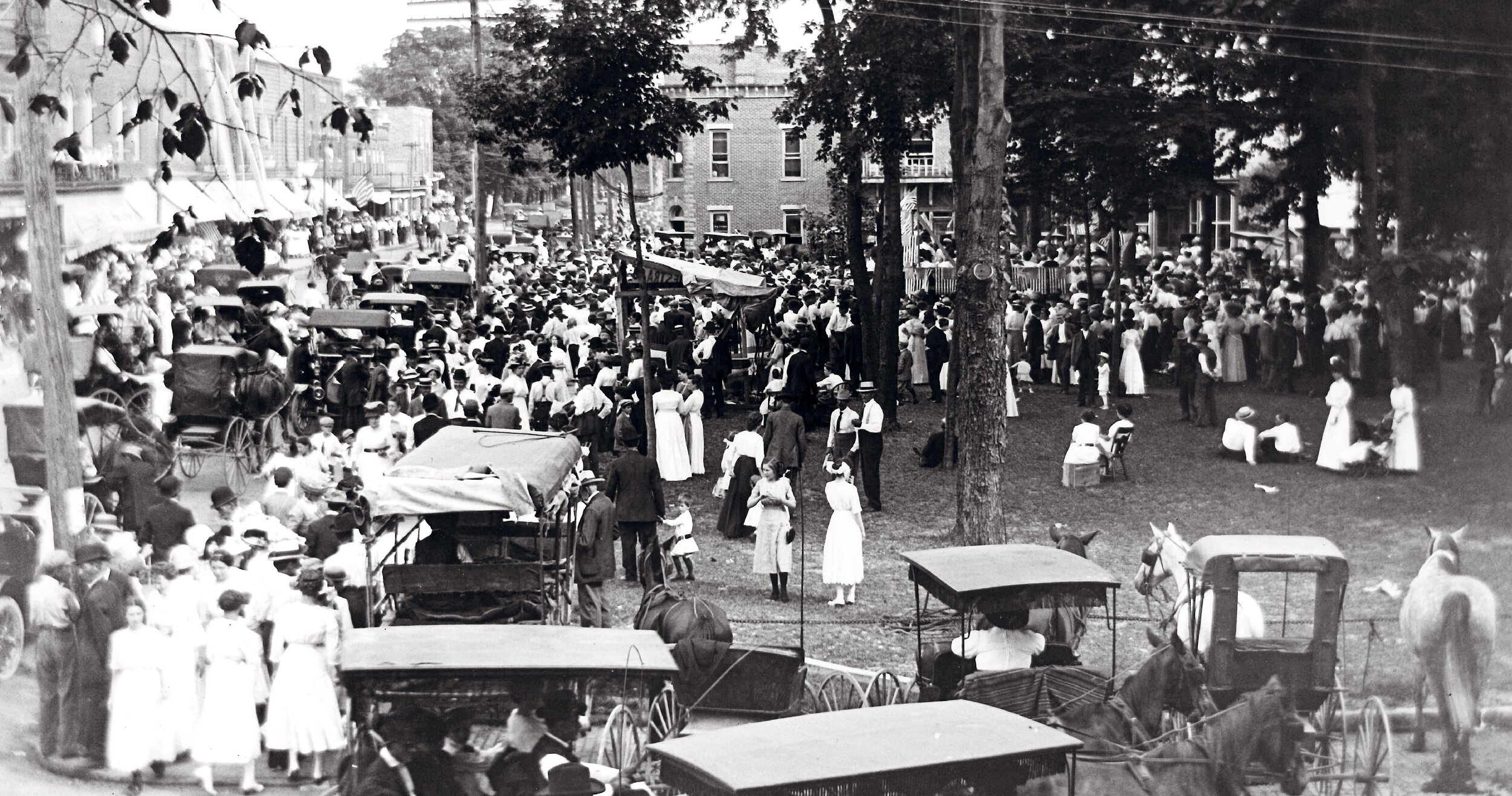
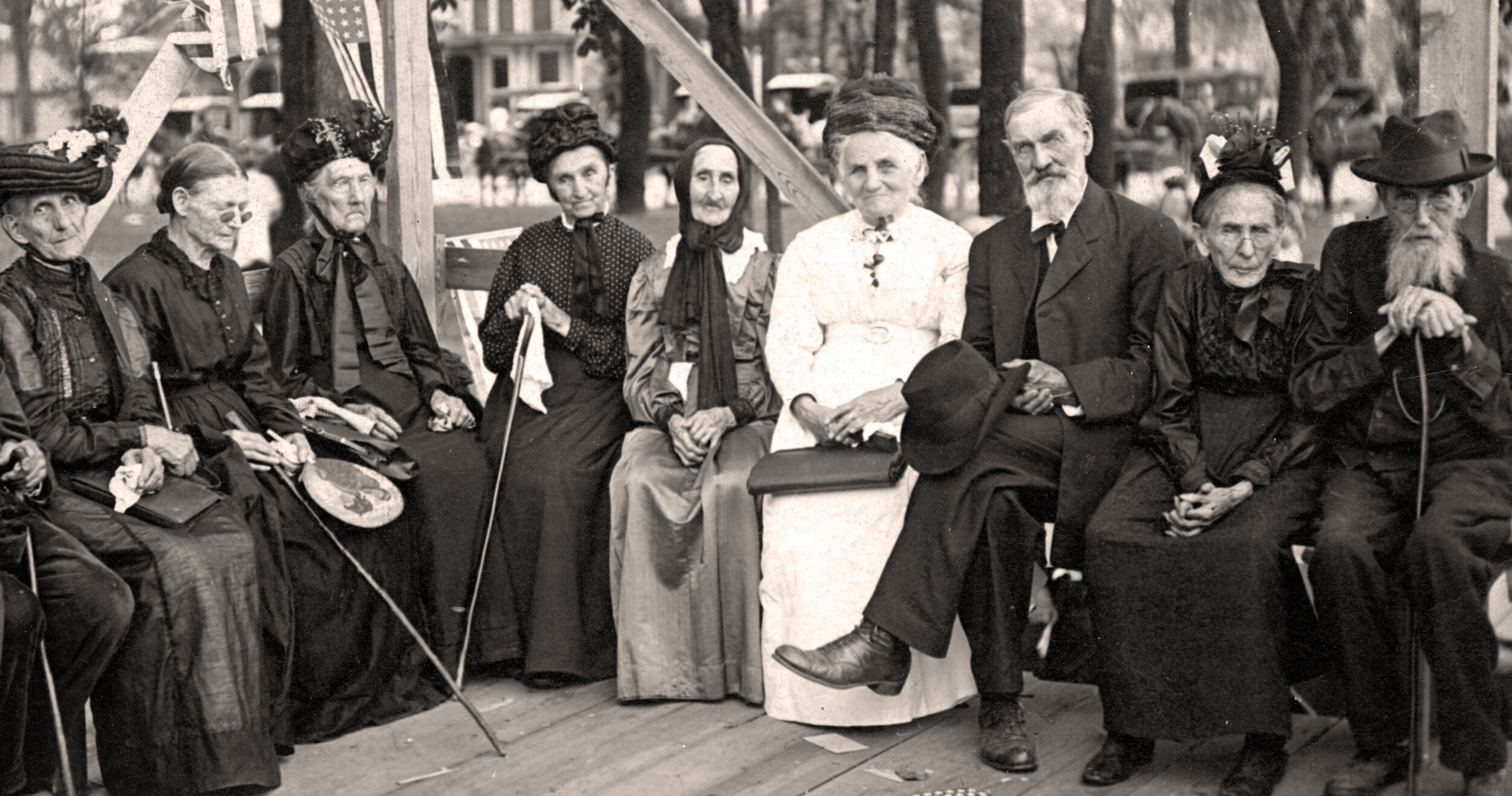
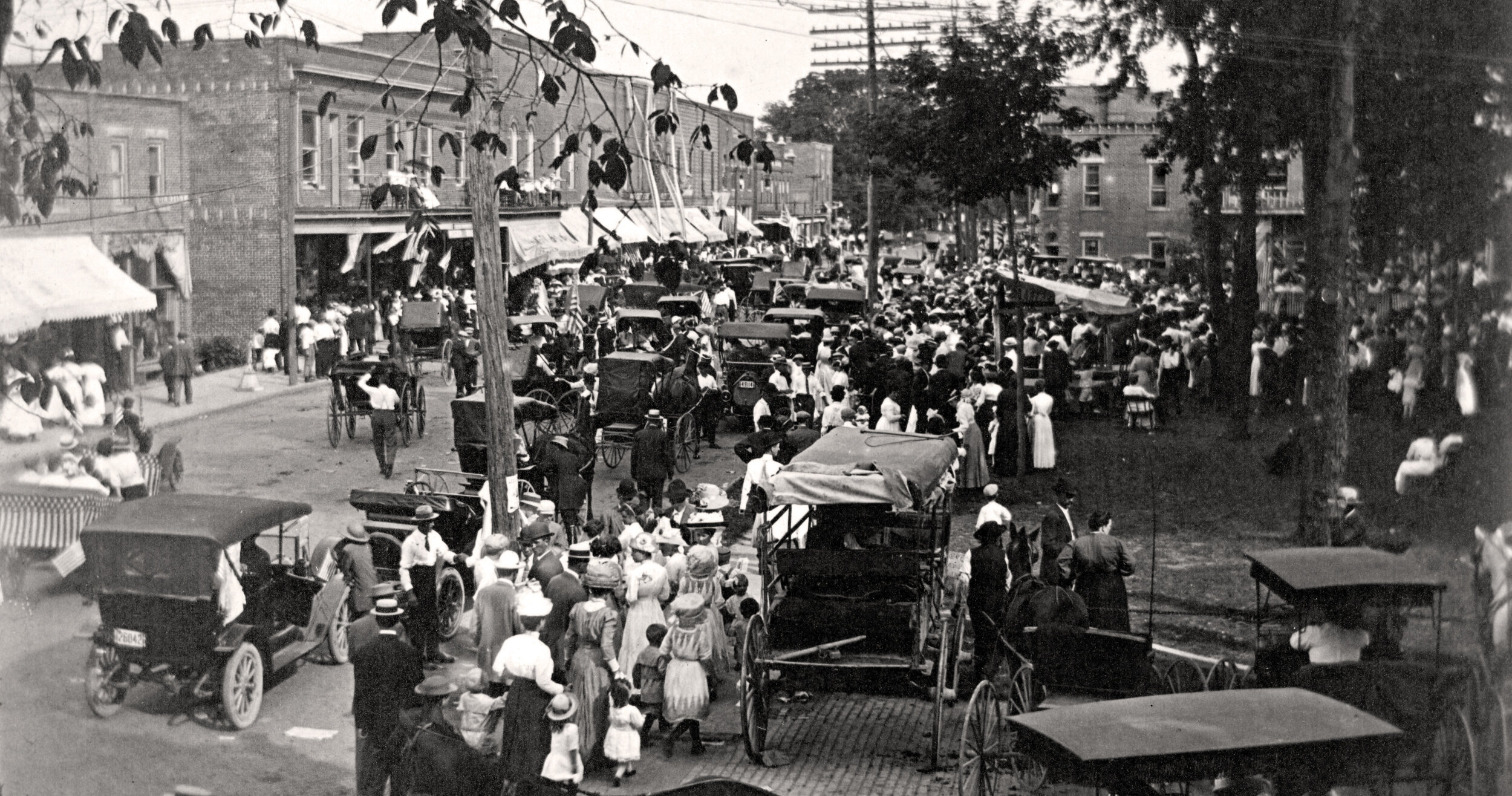
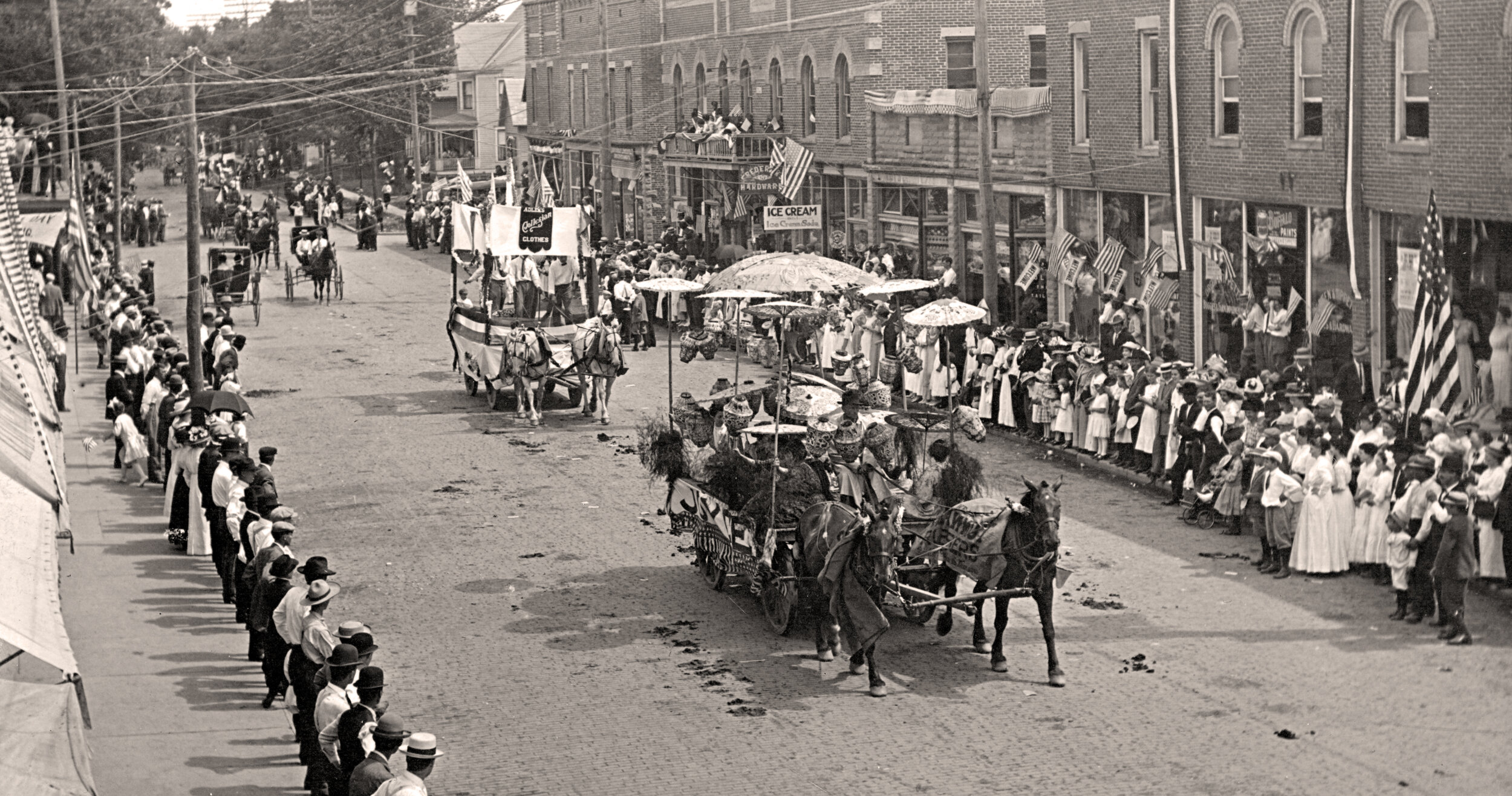
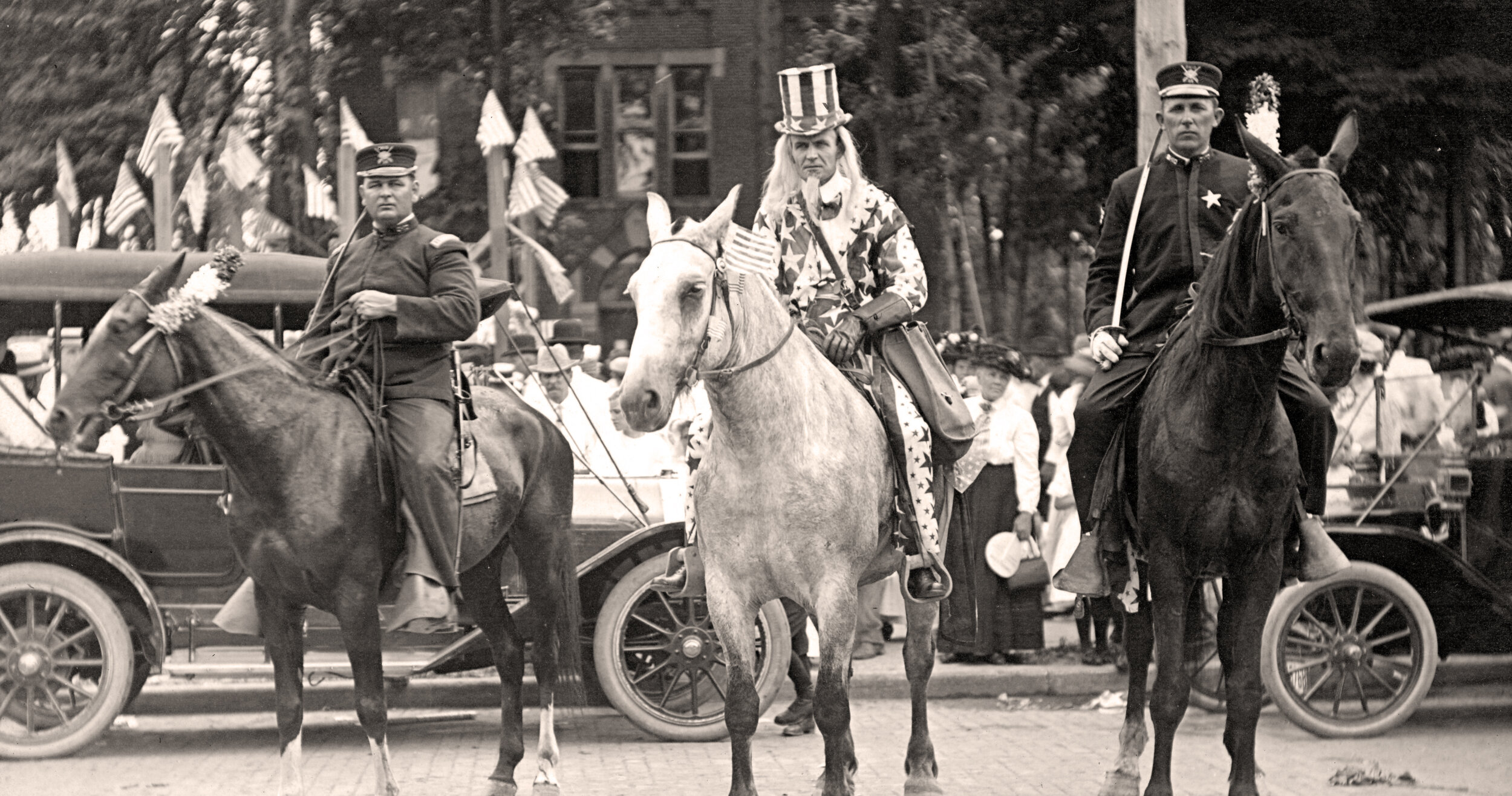
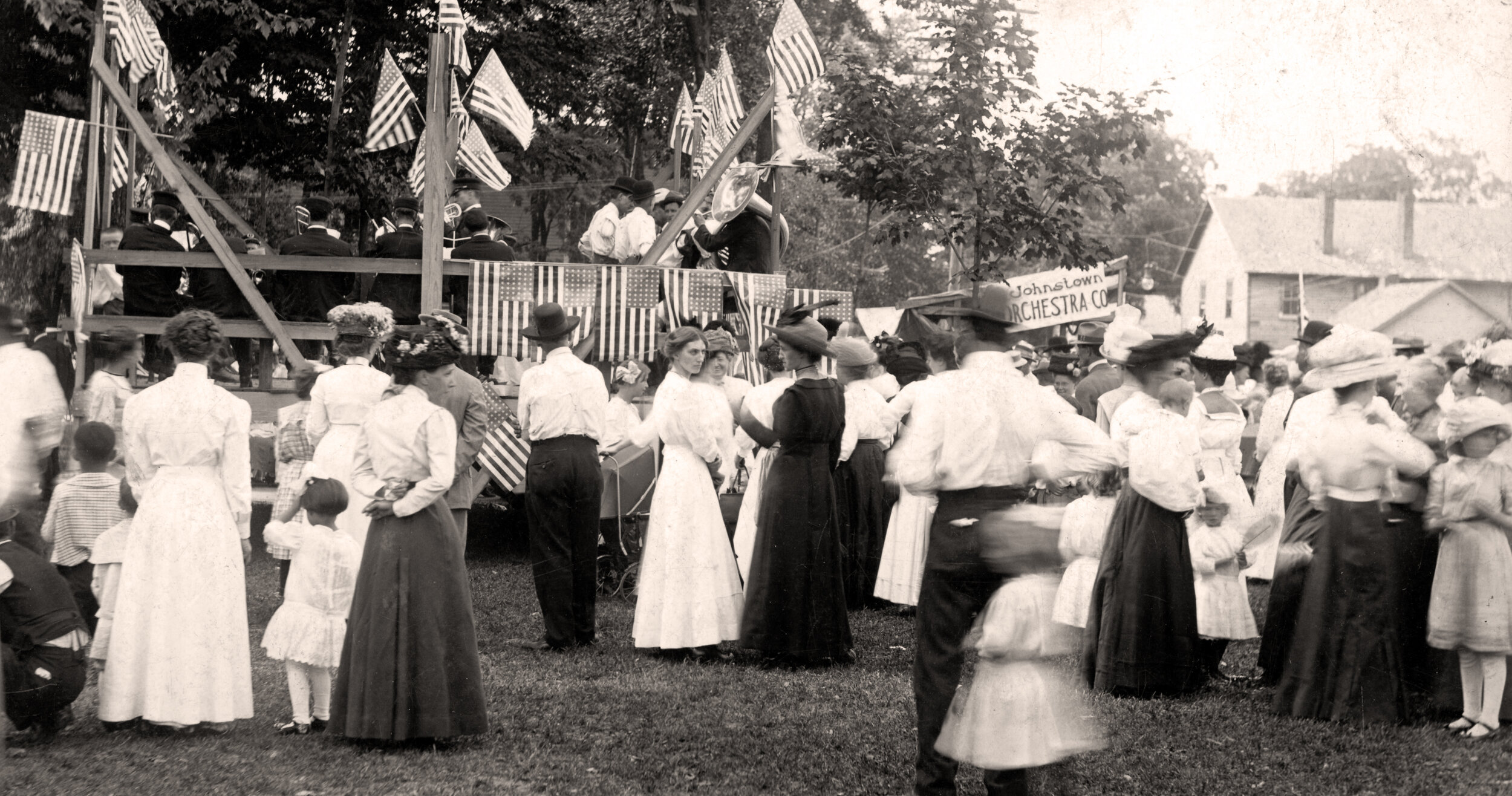
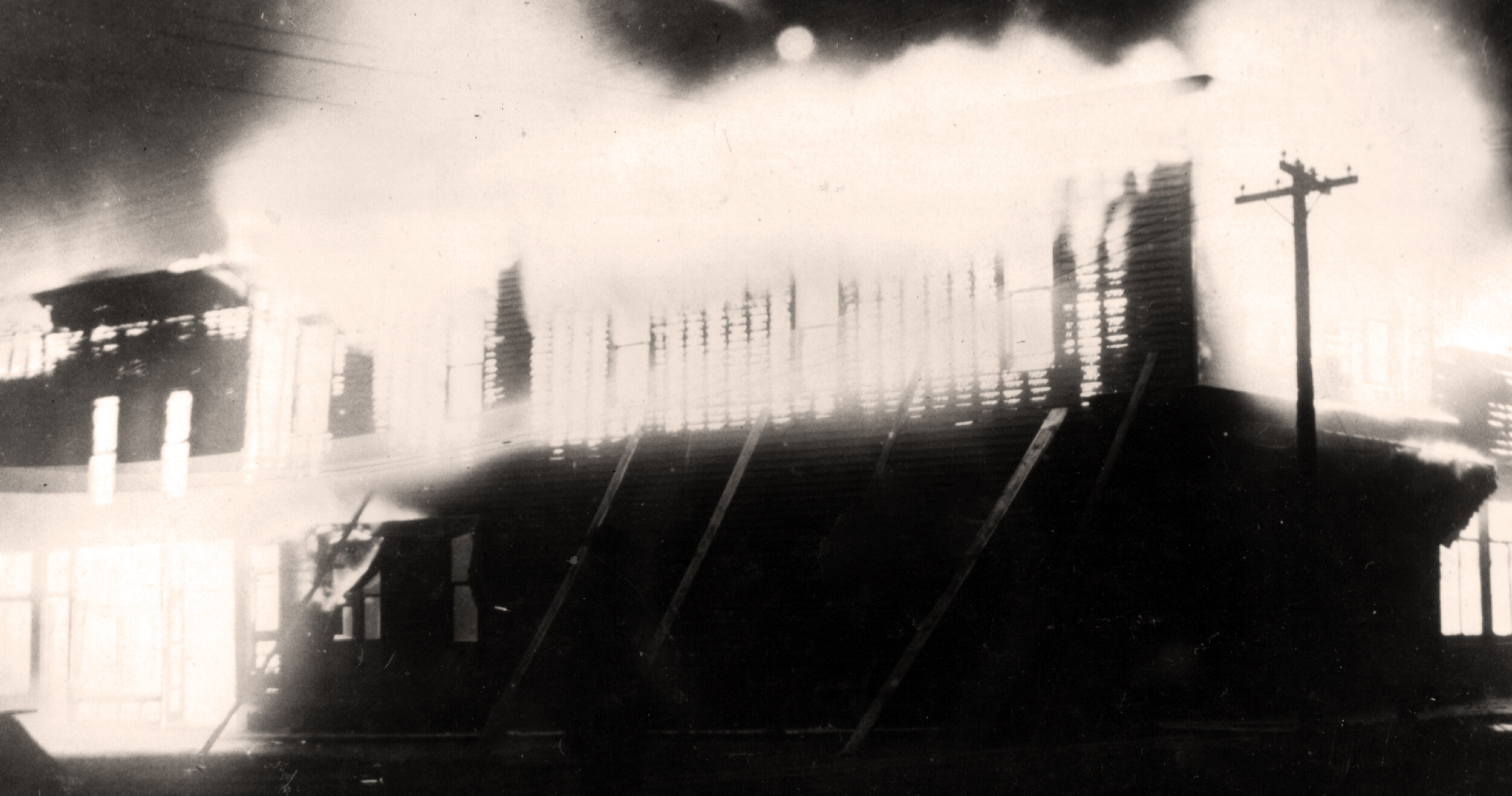
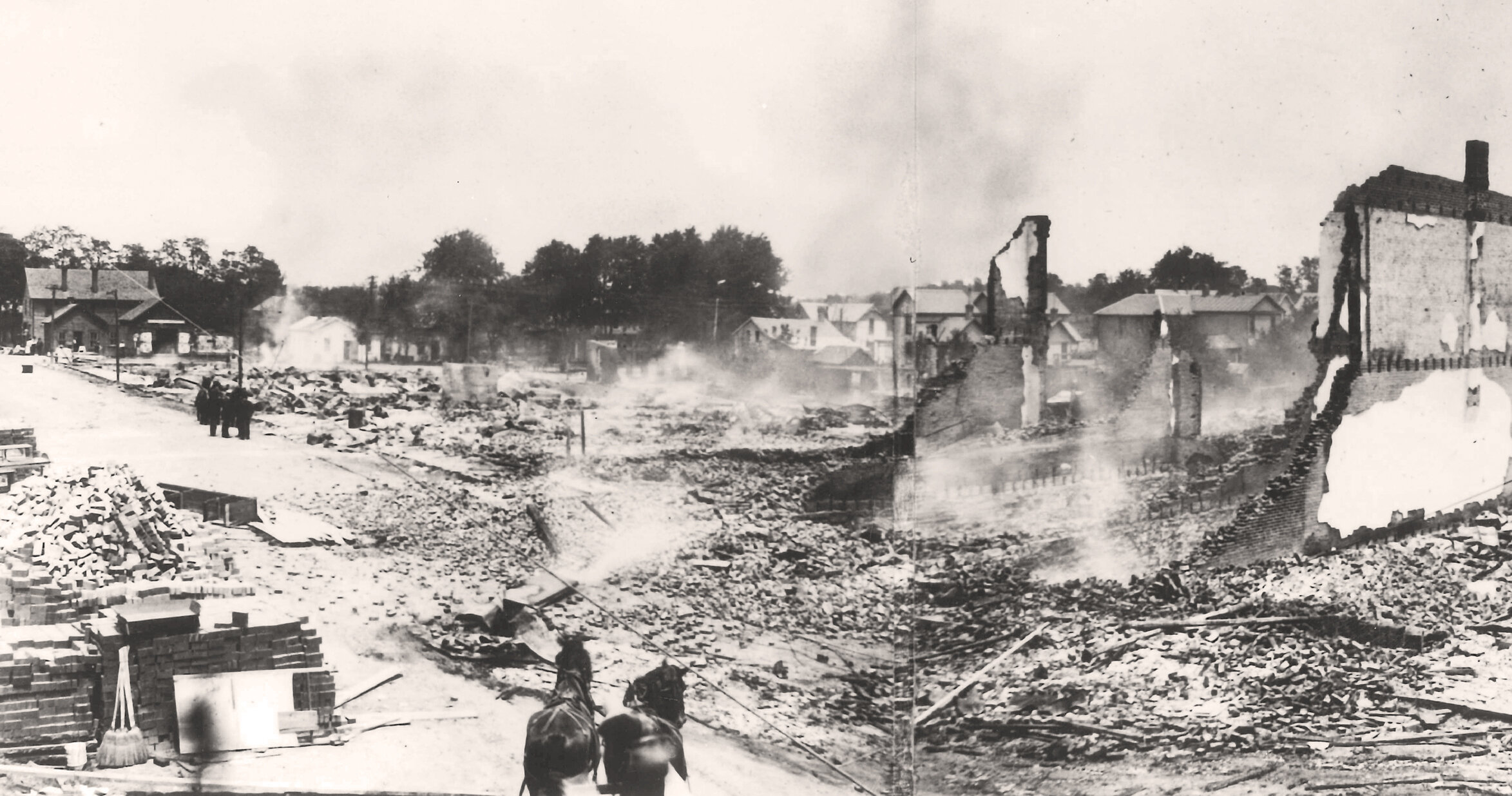

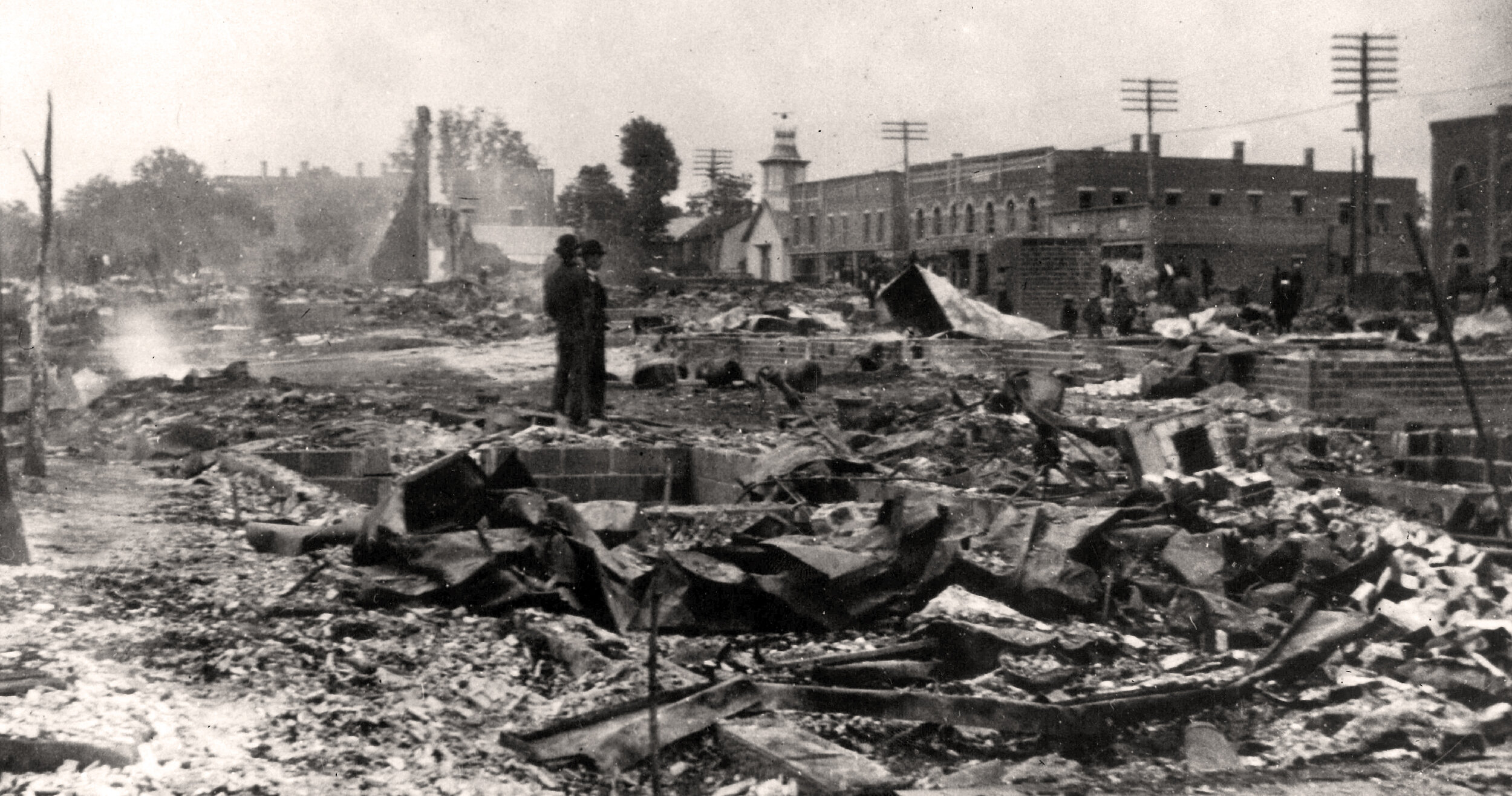
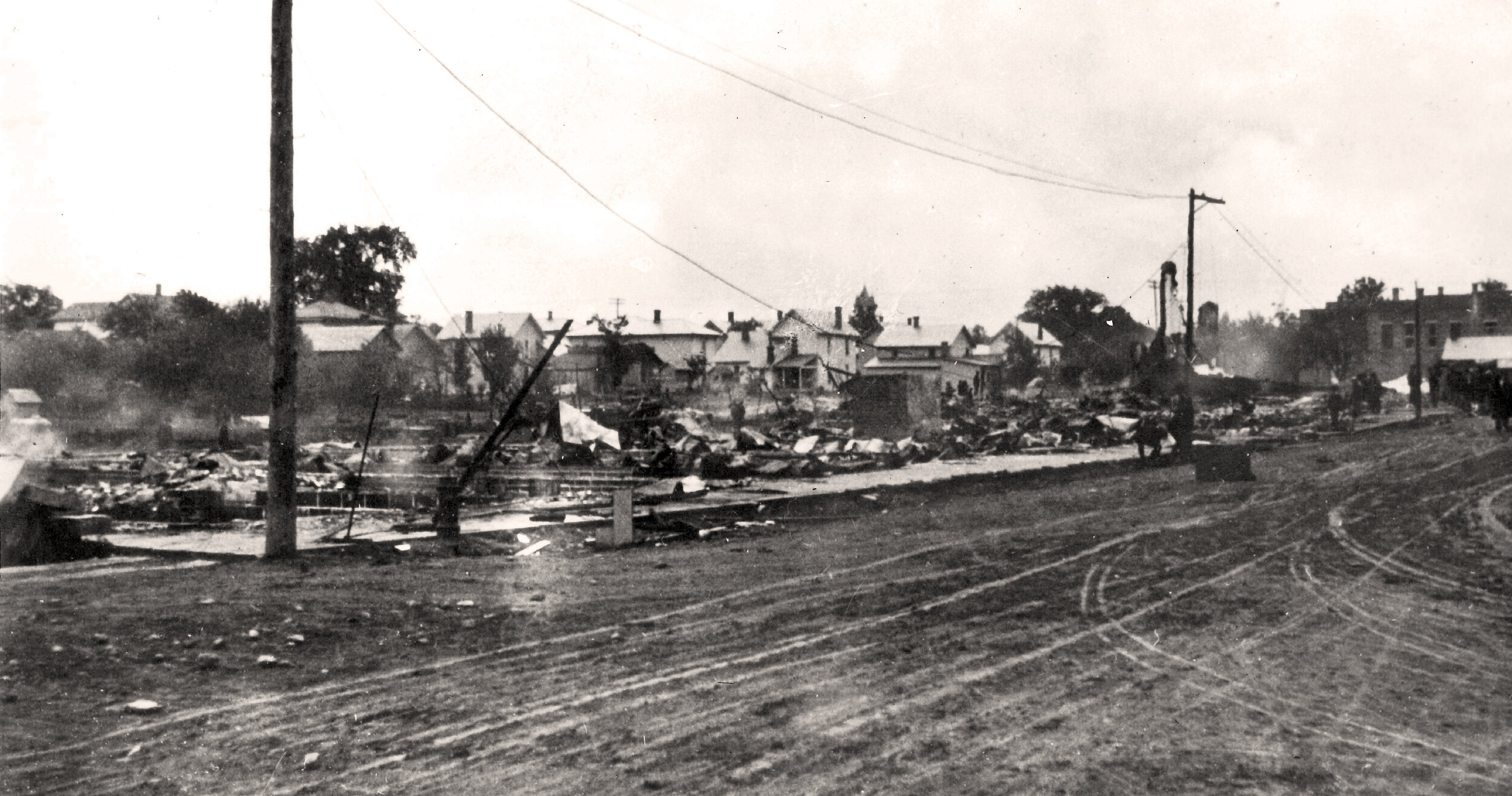
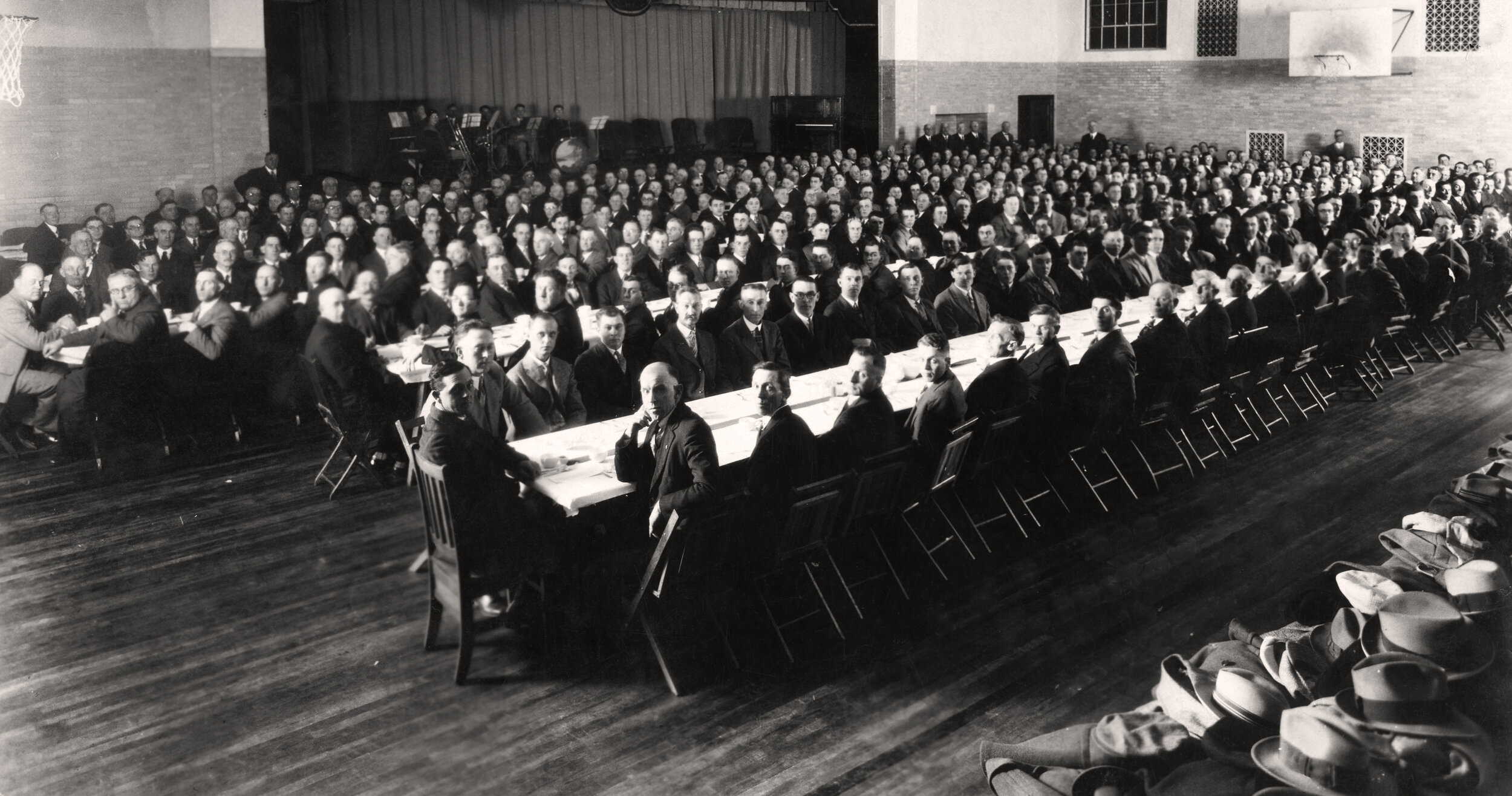

In September, 1912 Johnstown held the Farmers Industrial Exhibit. During the last week in September 1912 the local newspaper had the following notice:
“Everybody is coming to the Johnstown Industrial Exhibit this week. Come tour the street fair, renew old acquaintances and make new ones. Every day will be a big day. Balloon ascension every day, base ball every day, good music every day, plenty of entertainment all the time. Congressman Cox will speak Friday p.m. Tell your friends and come to Johnstown, Wednesday, Thursday and Friday.”
Pictured here is one of the air balloon demonstrations taking place.
During 3 days in September 1912 the South Main Street in Johnstown was closed off for the Johnstown Industrial Exhibit.
This advertising banner was located at the intersection of Main Street and Coshocton Street. Notice the light hanging over this area.
Village dignitaries lined up for the grand opening of the Industrial Exhibit.
Some of the Industrial Exhibit events took place in fields around the village.
South Main Street had a corn display by area farmers with judging to be held for best of the crop.
Corn Judging is taking place on South Main Street.
Street fair exhibition, 1912. Squash and pumpkins on display.
The three day event had record breaking crowds for all the events.
Horses were still an important mode of transportation and were judged for Best in Show. (This would be comparable to car shows of today.)
Horses were paraded down South Main Street for the Industrial Exhibit.
This tent housed the livestock that was entered into contests at the Johnstown Industrial Exhibit that was held in 1912.
Teams of horses were on display for the public to view.
The Honorable J.M. Cox addressed a crowd in the Park Yard during street fair festivities on September 25, 1912. Congressman Cox was a candidate for Governor of Ohio. James Middleton Cox was the 46th and 48th governor of Ohio.
Visitors flock to the Johnstown Street Fair. Such occasions were social events; people dressed for the occasion.
A prehistoric animal called a mastodon was discovered in Johnstown, Ohio on August 12, 1926 by tenant farmer James Bailey on the farm of Mr. Friend Butt. The Johnstown Mastodon is the skeleton of a young male that was about 19 years old when it died. The location of the mastodon discovery is east of town near the current Johnstown Trailhead Park.
Center Image: The mastodon skeleton was sold to the Cleveland Museum of Natural History. It is not currently on display.
Left & Right Images: Alternate views of the mastodon skull as it was uncovered in the bog-like field.
This is the mastodon skull with one tusk still attached to the animal.
A leg and foot bone from the Johnstown Mastodon is shown.
The animal’s lower jaw and miscellaneous bones are displayed.
A man-made crane was used to remove the mastodon skull from the bog where it was found. Many people crowded around to see this unusual discovery.
Numerous people came to view the excavation site of the mastodon skeleton.
Bob Gregory is shown as he prepares to remove more of the mastodon’s thigh bone.
The mastodon skull shows one complete tusk and one broken tusk.
In 1912, the Fourth of July parade was a popular event. A large crowd gathered on Main Street to socialize and watch the parade.
Elaborately decorated floats come down main street during the July 4th 1912 parade.
Much the same as today, residents lined the streets to watch the passing parade of 1912.
In addition to decorated floats and early automobiles, horse and buggies advertising Johnstown merchants also made up the parade.
A drum and bugle group lead the 1912 parade followed by a flag bearer, with veterans marching behind the flag. Johnstown continues this tradition in the 21st century for parades.
A horse drawn float carrying adults and children with the banner reading, ” We are here to wish good luck to Old Johnstown.”
More 1912 parade views on Main Street featuring some early automobiles.
People watched the passing scenes standing and sitting in yards, and on bicycles. Viewing the photos one can almost hear the cheers, the applause, and comments by citizens as the parade of 1912 moves along Main Street.
Densely packed crowds gather downtown for the 1912 Fourth of July Parade.
Fourth of July speeches in the town square.
People gather in the park yard to celebrate the 4th of July.
Senior citizens enjoy the 1912 4th of July festivities.
In 1912, horse and buggies were still a popular mode of transportation. In amongst the buggies are a few automobiles.
Citizens line South Main Street to view the 4th of July parade.
Horses and their well dressed riders are always popular in parades. The center rider appears to be dressed as Uncle Sam which would have been an interpretation of the political cartoons drawn by Thomas Nast. This 4th of July celebration occurred in 1912 and Uncle Sam did not get the standardized appearance we all know until the iconic recruitment poster was released in 1917.
Ladies and men dressed in their finery enjoy socializing during 4th of July festivities and are treated with a performance by the Johnstown Orchestra.
The Johnstown Business District suffered many fires. Several happened in the late 1880’s. On May 24,1902, fire destroyed or damaged most of buildings on South Main Street between Coshocton and Pratt Streets.
“Disastrous Conflagration” -headlined page 6 in the May 29, 1902 issue of the Johnstown Independent.
Fire destroyed 16 buildings and damaged many others with total destruction value being $75,000.00. The burned rubble drew crowds of spectators. Then, as they do now, and always have, citizens rallied to help merchants and others who suffered loss of property and livelihood.
On June 6, 1904, fire once again destroyed buildings in downtown Johnstown. Flames roared through the east side of South Main Street destroying 21 business rooms, 2 barns, and 1 dwelling. Brick buildings replaced frame structures lost in the fire. Most all merchants had insurance. Losses totaled $110,000.00. A few of the well-known building owners were Royal Kasson, H.B. Rusler, and J.M. Friddle.
Another view of the 1904 fire aftermath.
Two gentlemen survey the rubble of the 1904 fire.
A sad sight is the rubble of Downtown Johnstown. The brick business section, as it stands today, was built after this last fire.
Knights of Pythias White Cross Lodge, Number 308, organized by William A. Ashbrook in 1880, had a large membership of men. In this photo, 600 men attend a banquet. In 2005, members of the K.of P. Lodge donated a desk from the Lodge to the Babcock Library.
William A. Ashbrook leads a rally of cars down South Main Street. Members of the K.of P. White Cross Lodge, No, 308 gathered for the K. of P. Memorial Sunday, June 4, 1911. Memorial Sunday honored the departed Lodge members laid to rest in Green Hill cemetery. Pythian Sister Lodge made wreaths to decorate the graves and joined the K. of P. gentlemen for Memorial Sunday. After the Memorial Service held at the M.E. Church, women rode to the cemetery; the K.of P. Lodge members marched to Green Hill Cemetery. At the time, William A. Ashbrook was a Congressman and returned home to Johnstown for this memorable event.